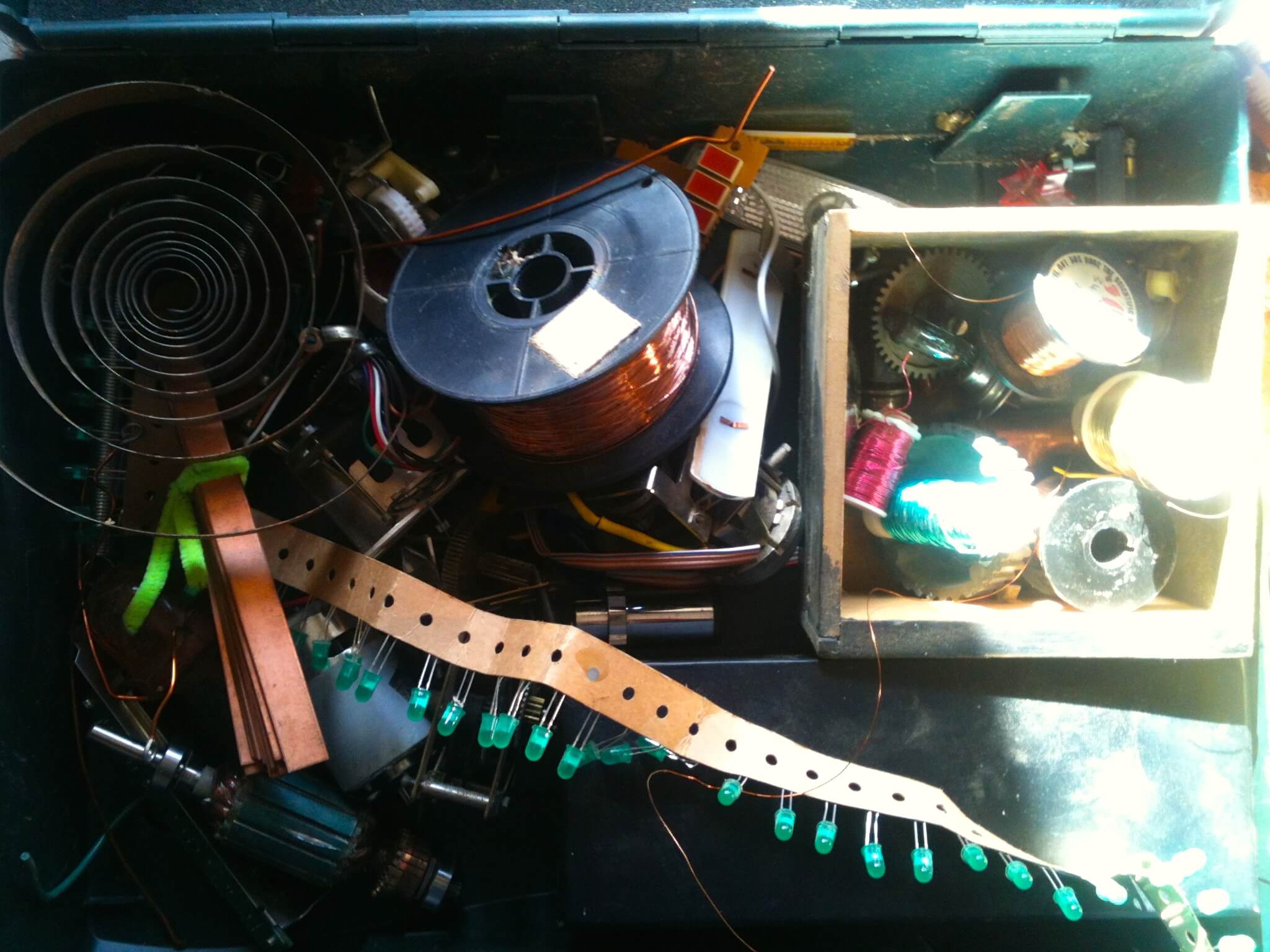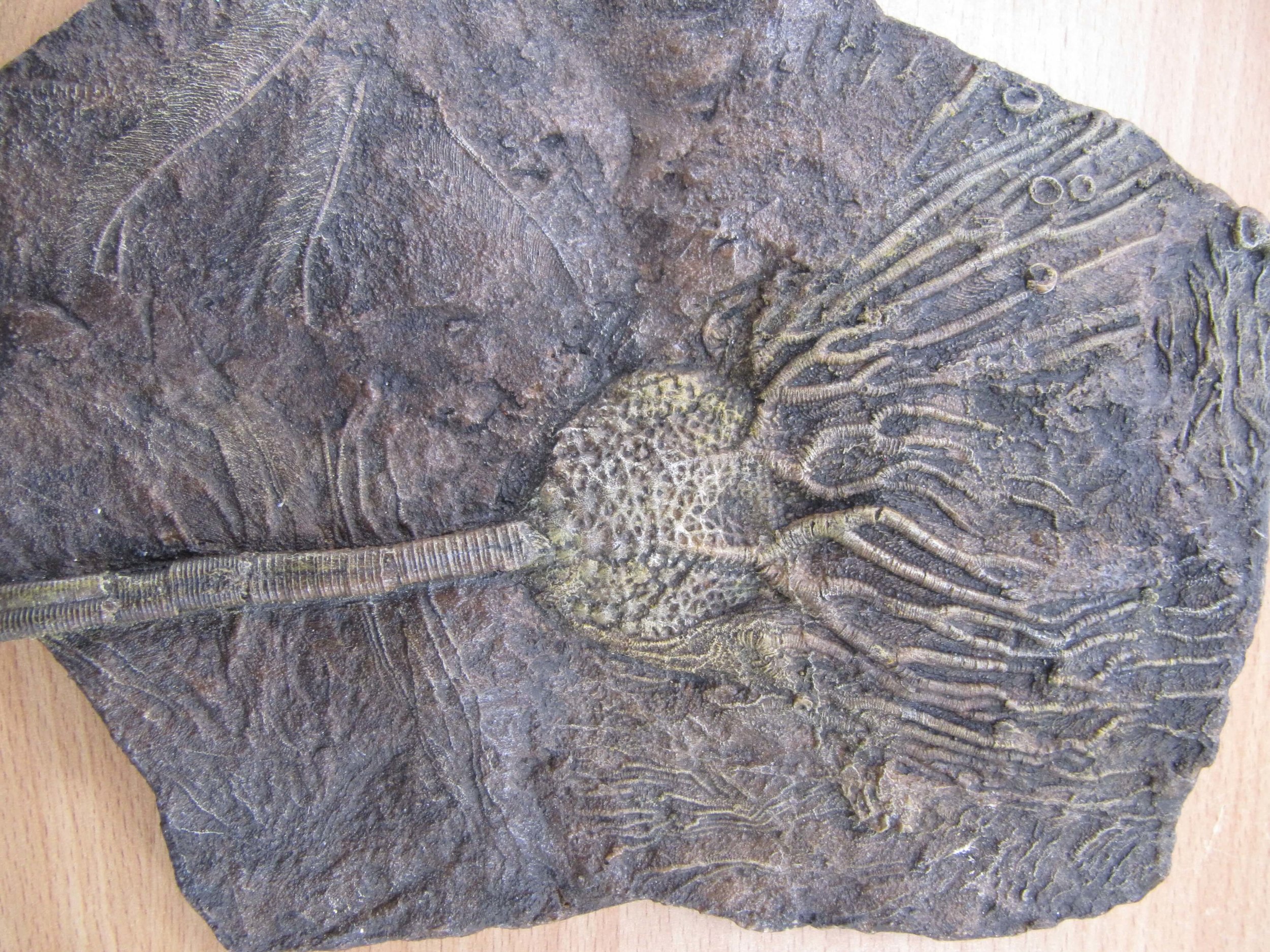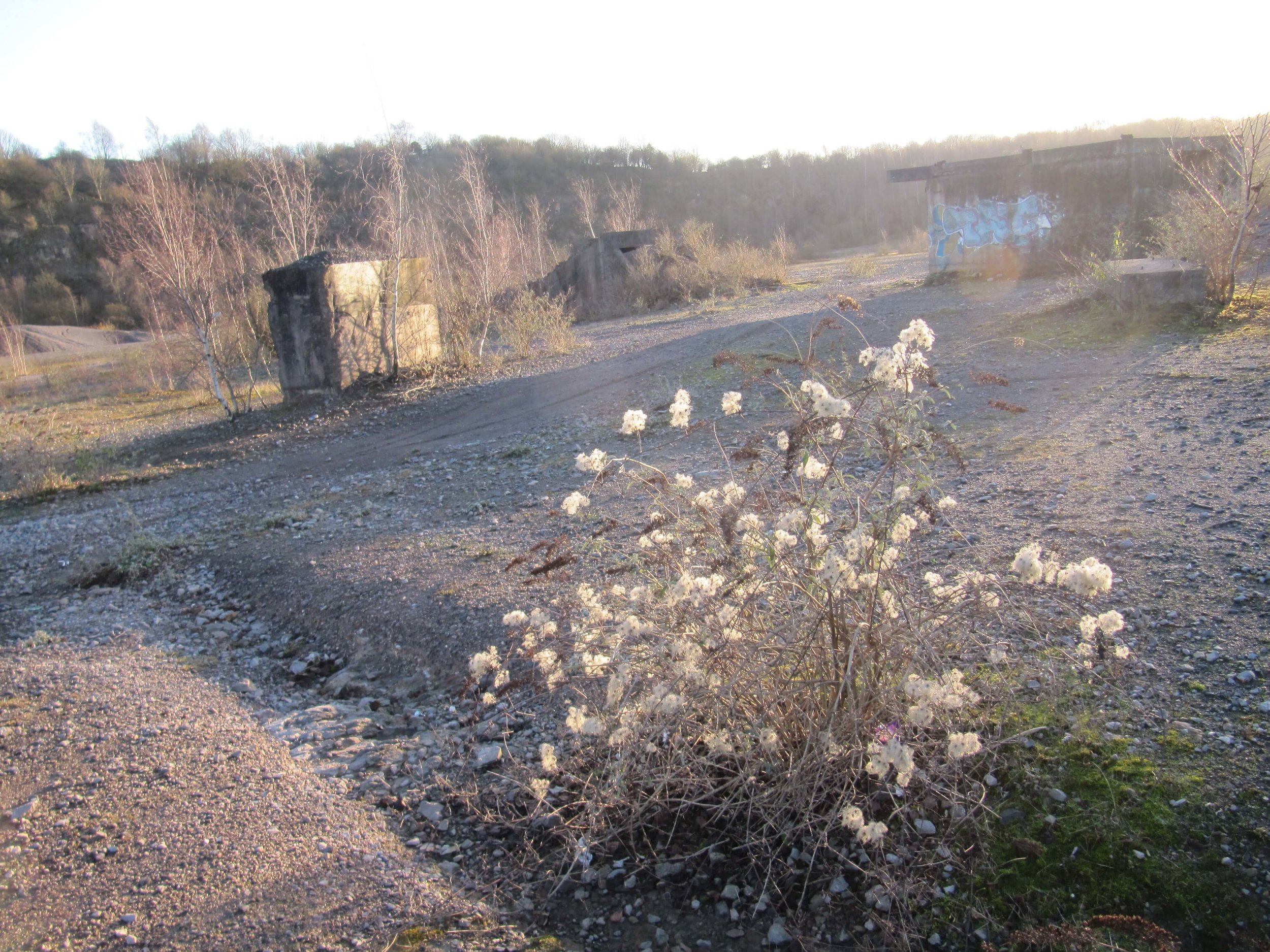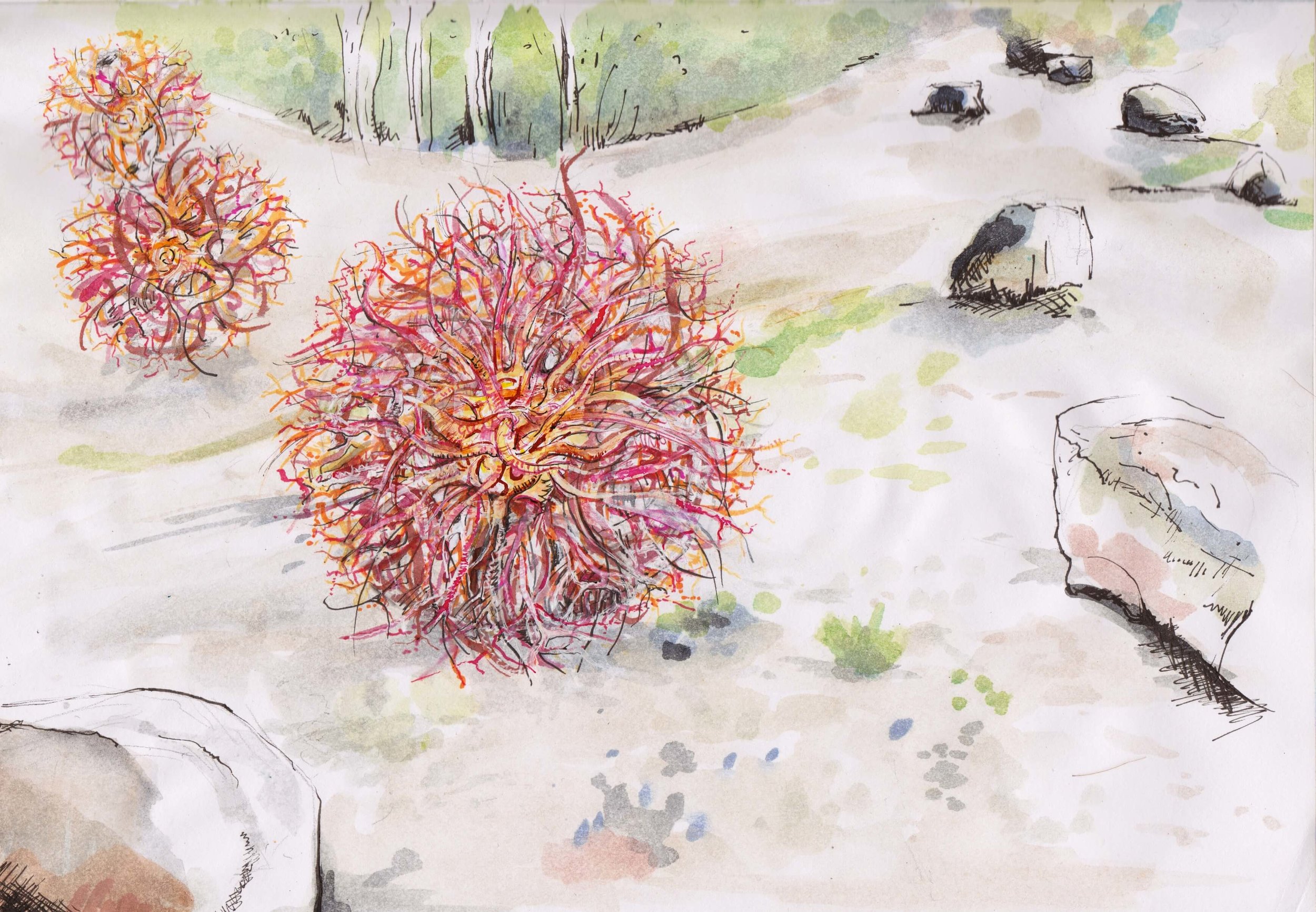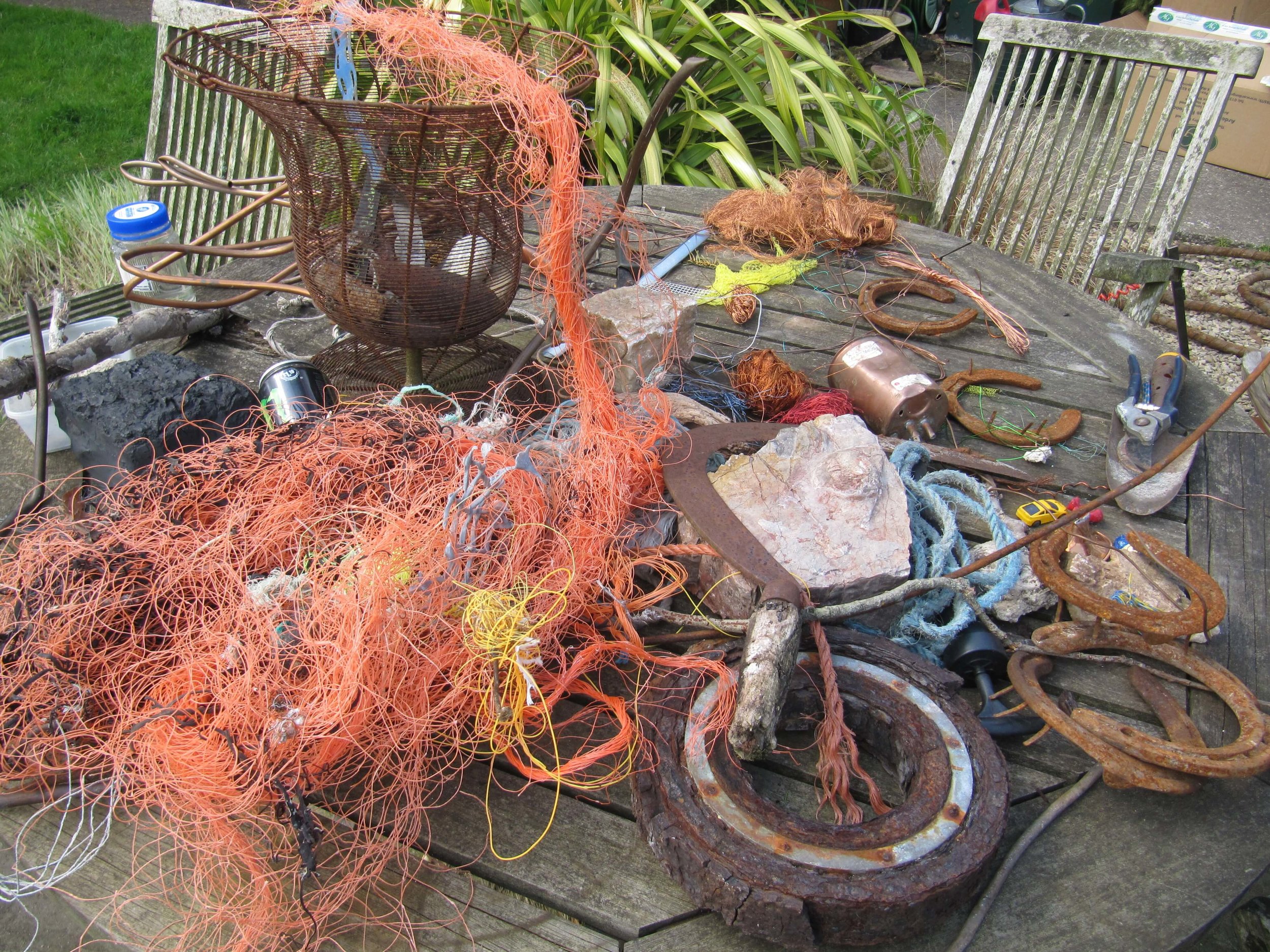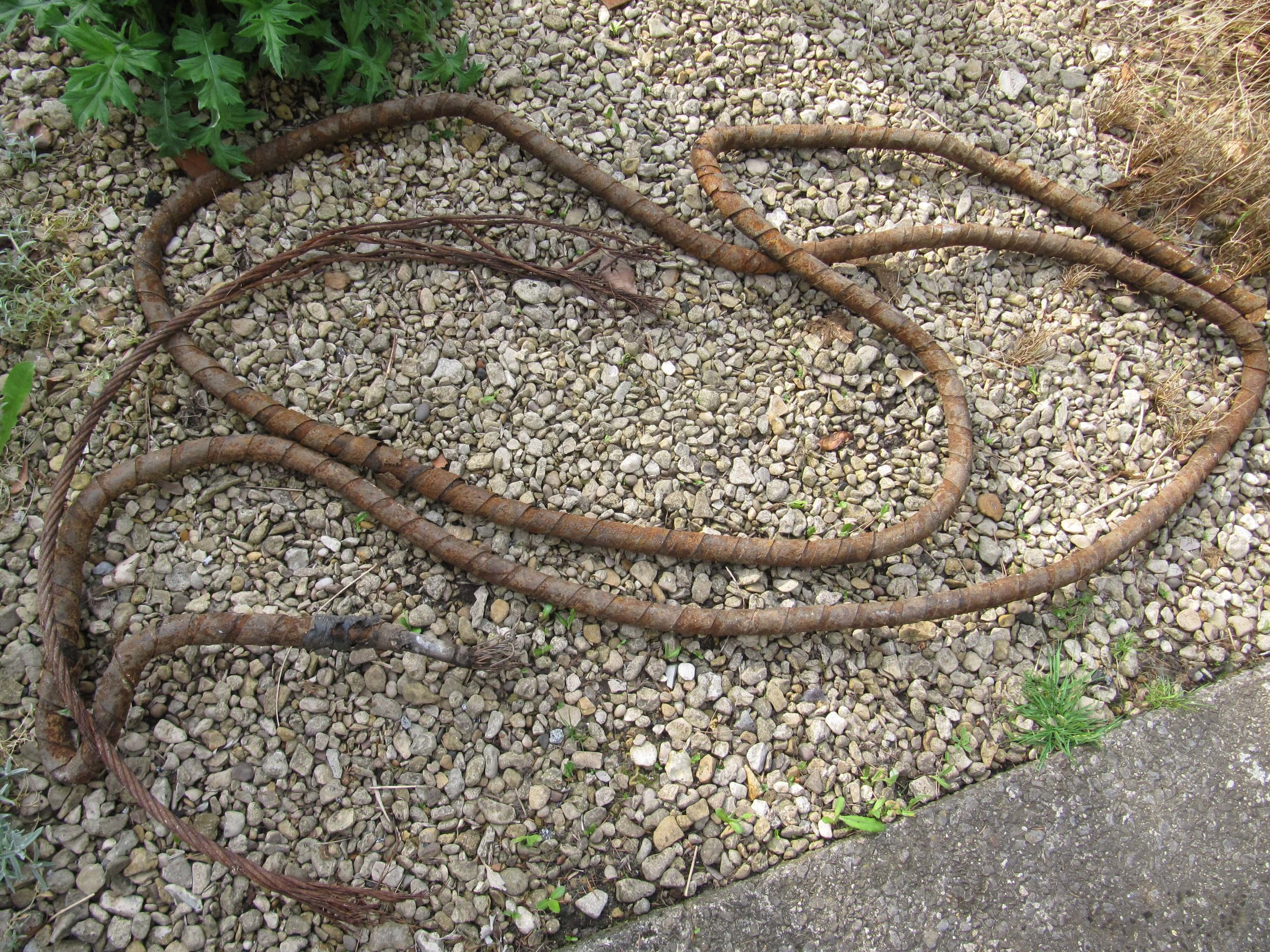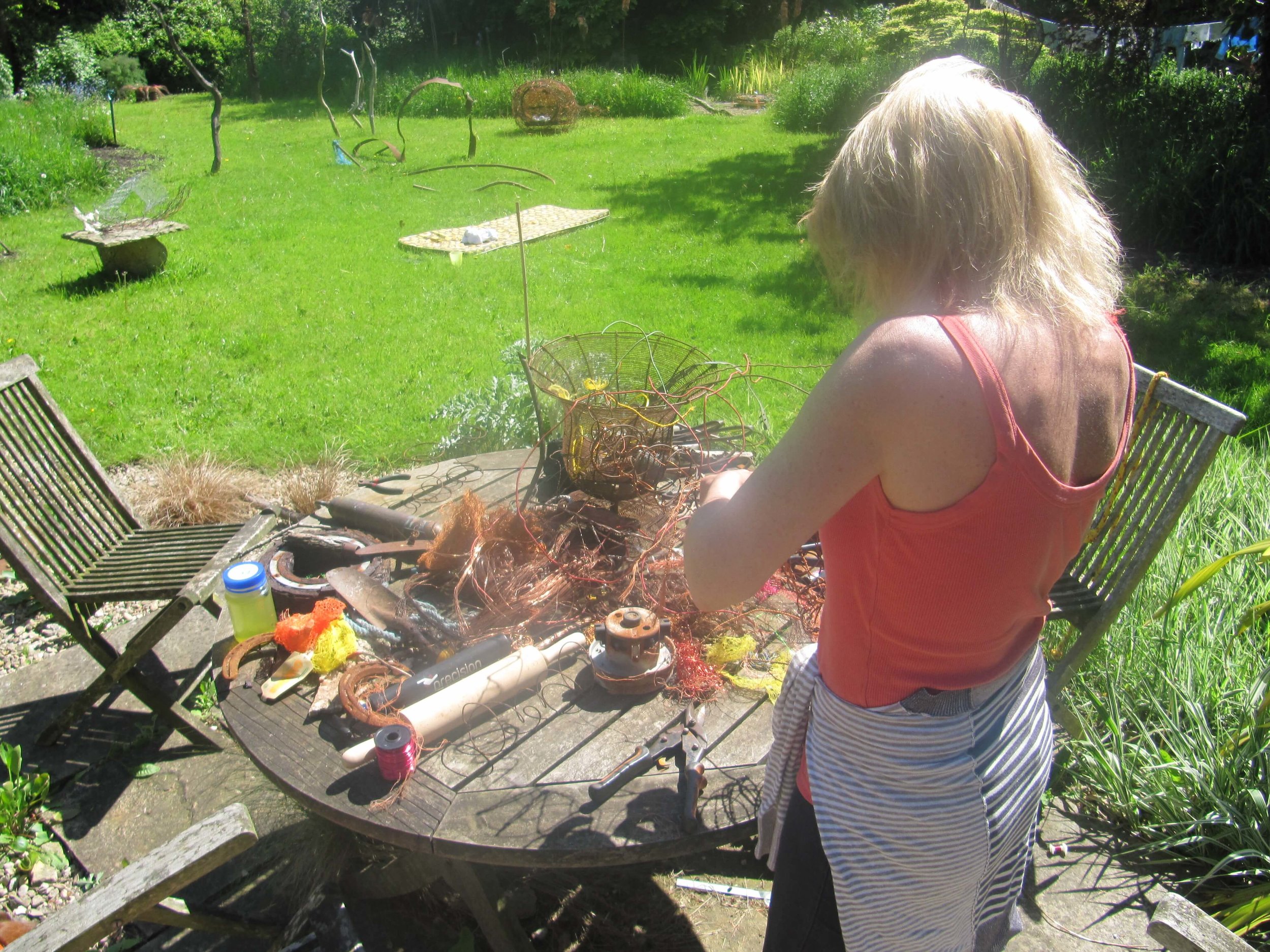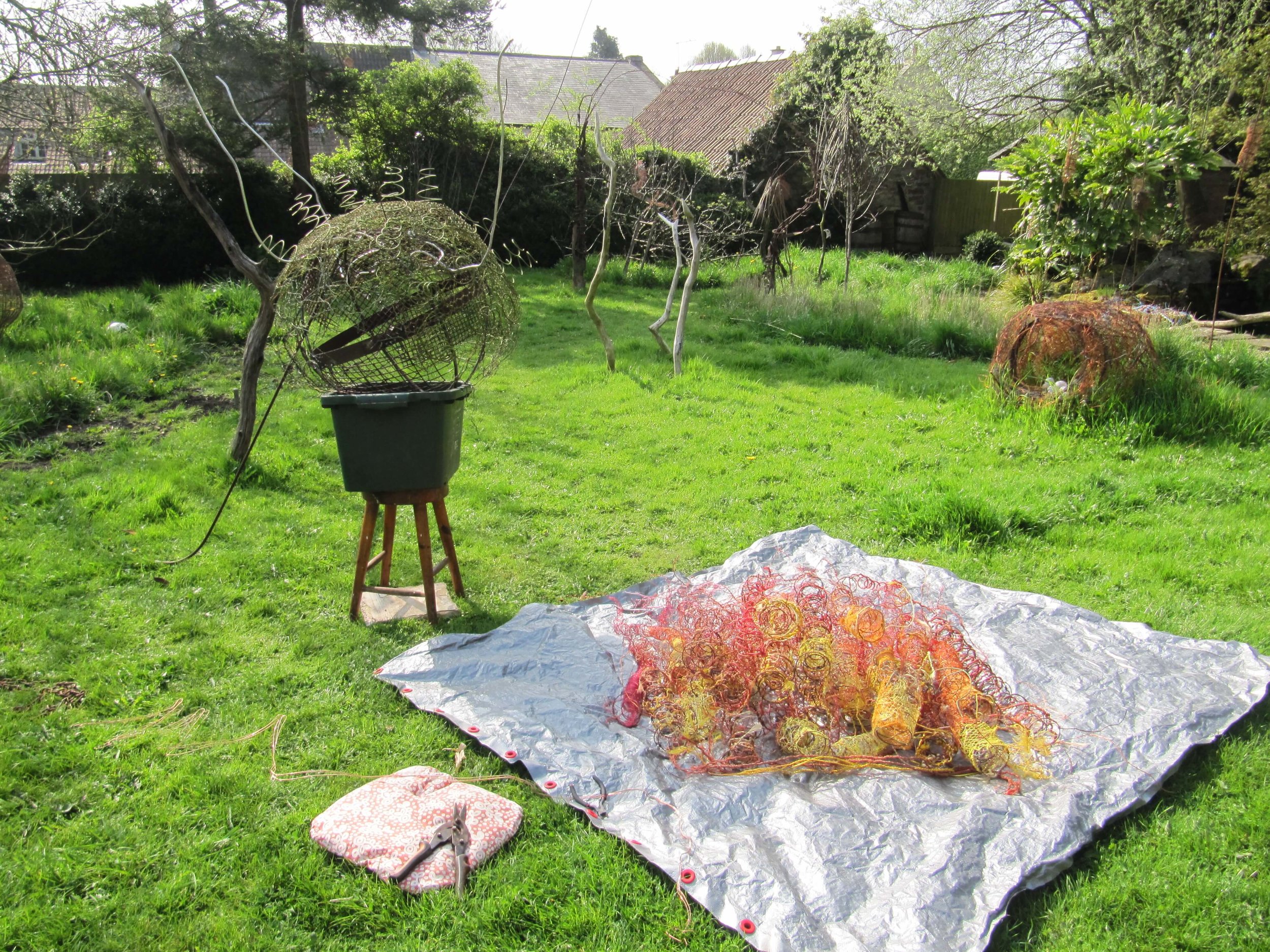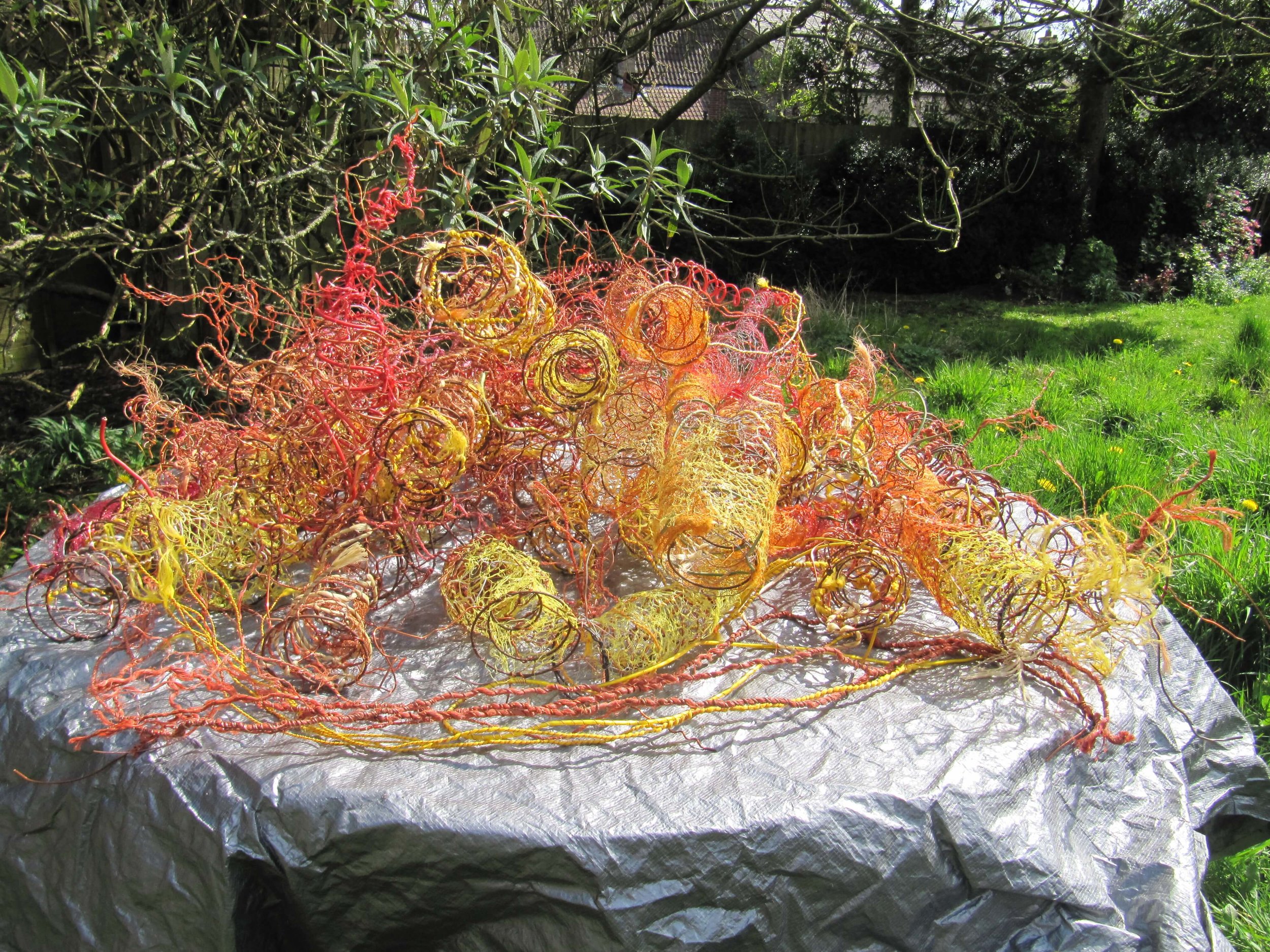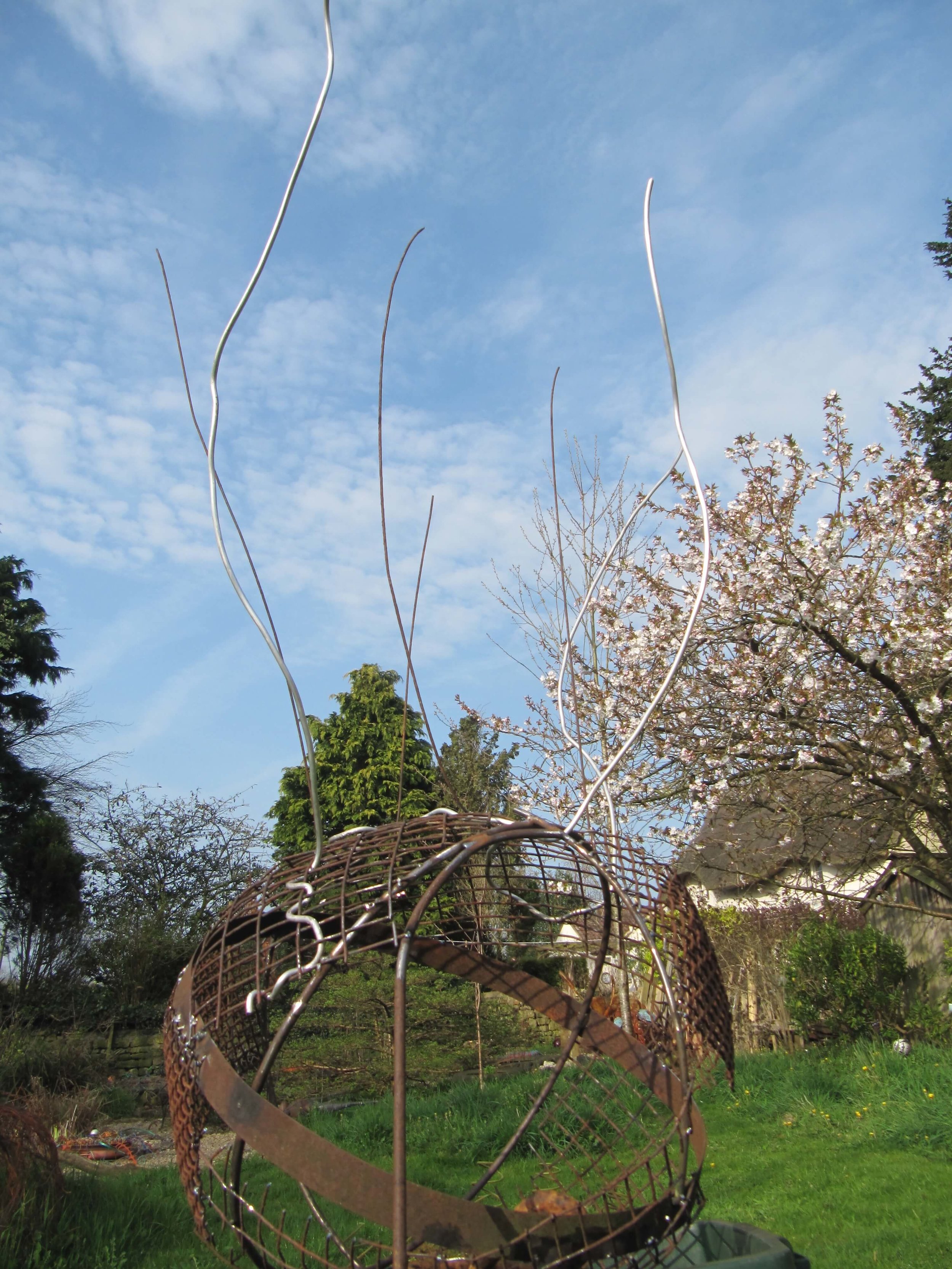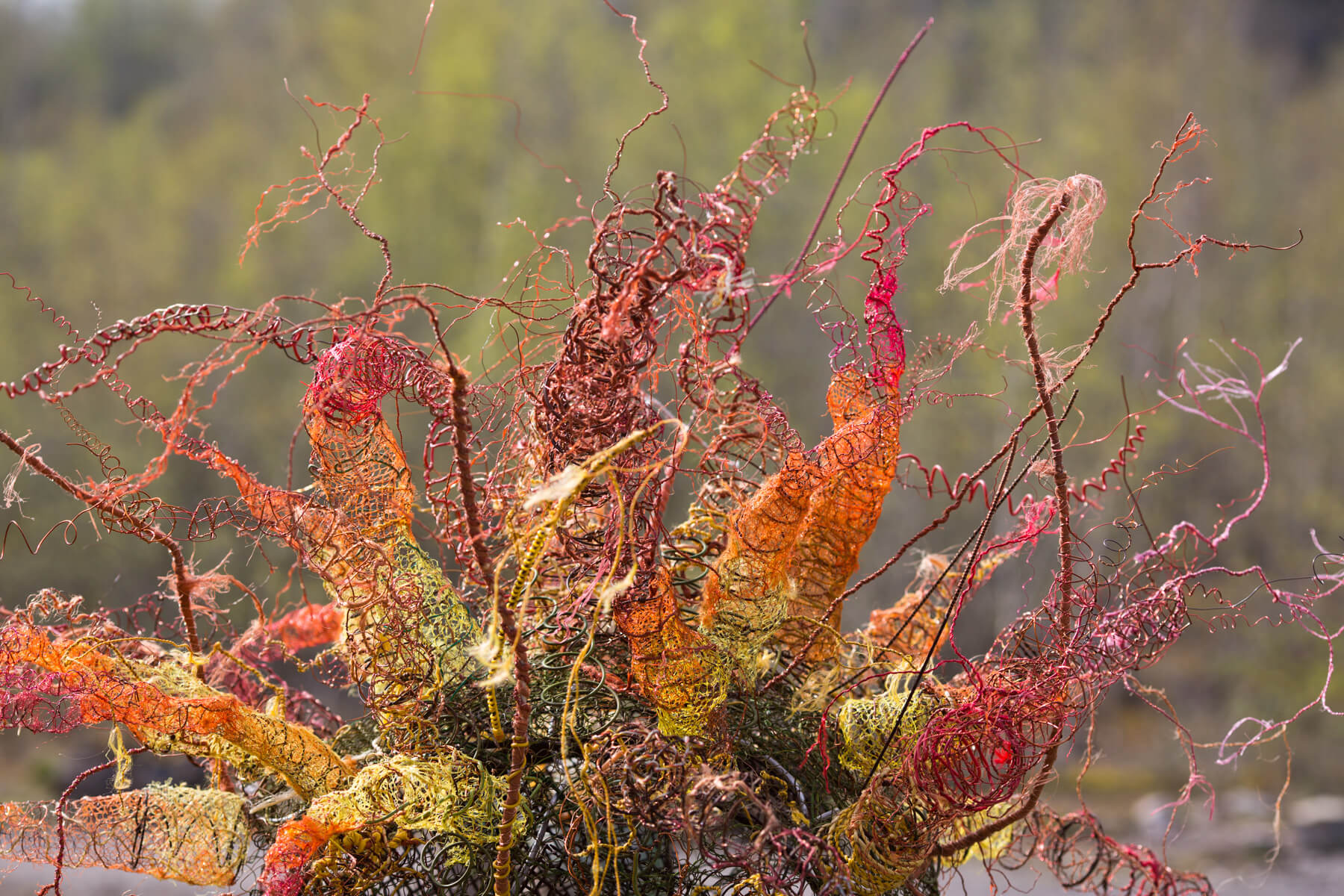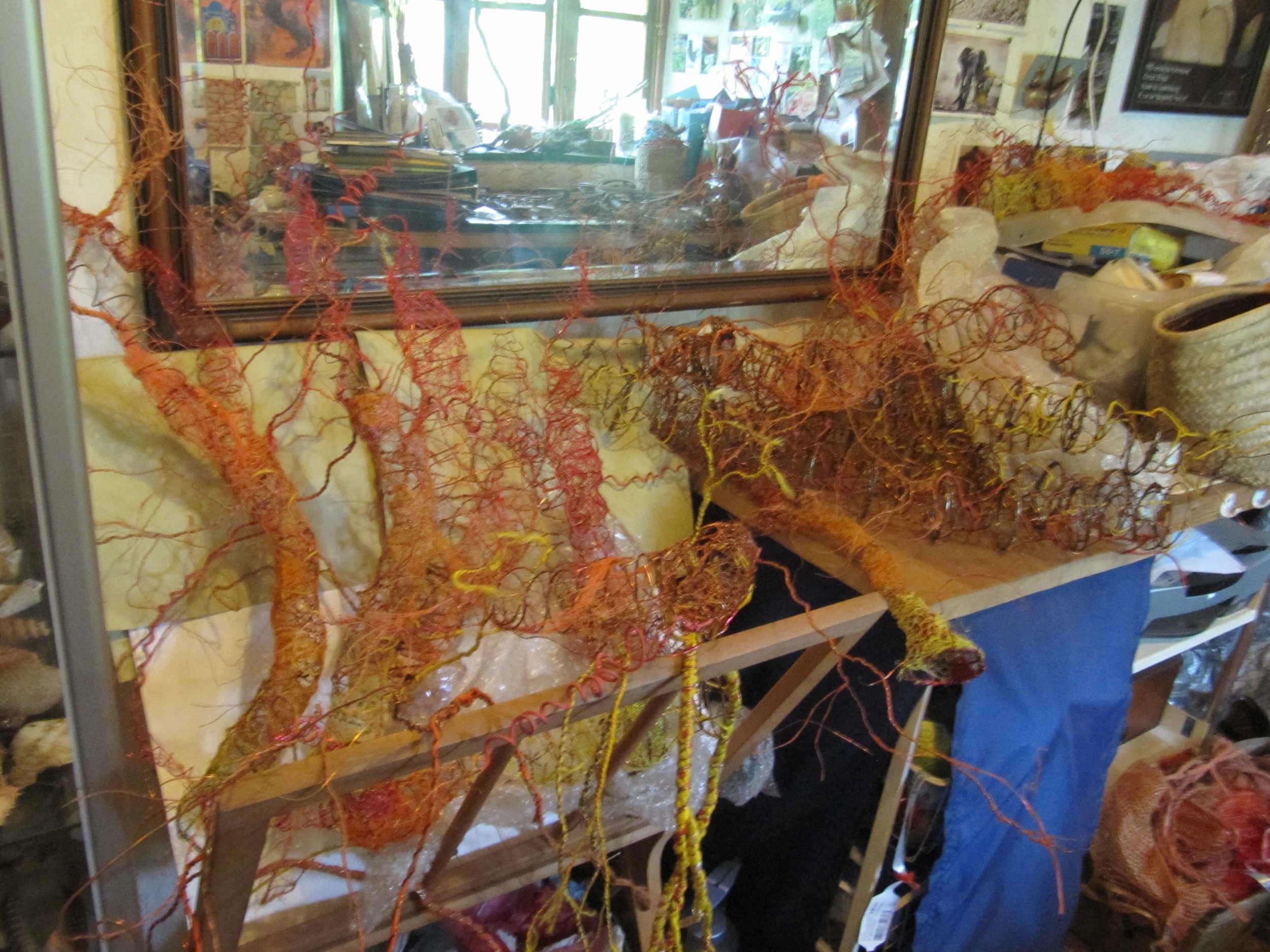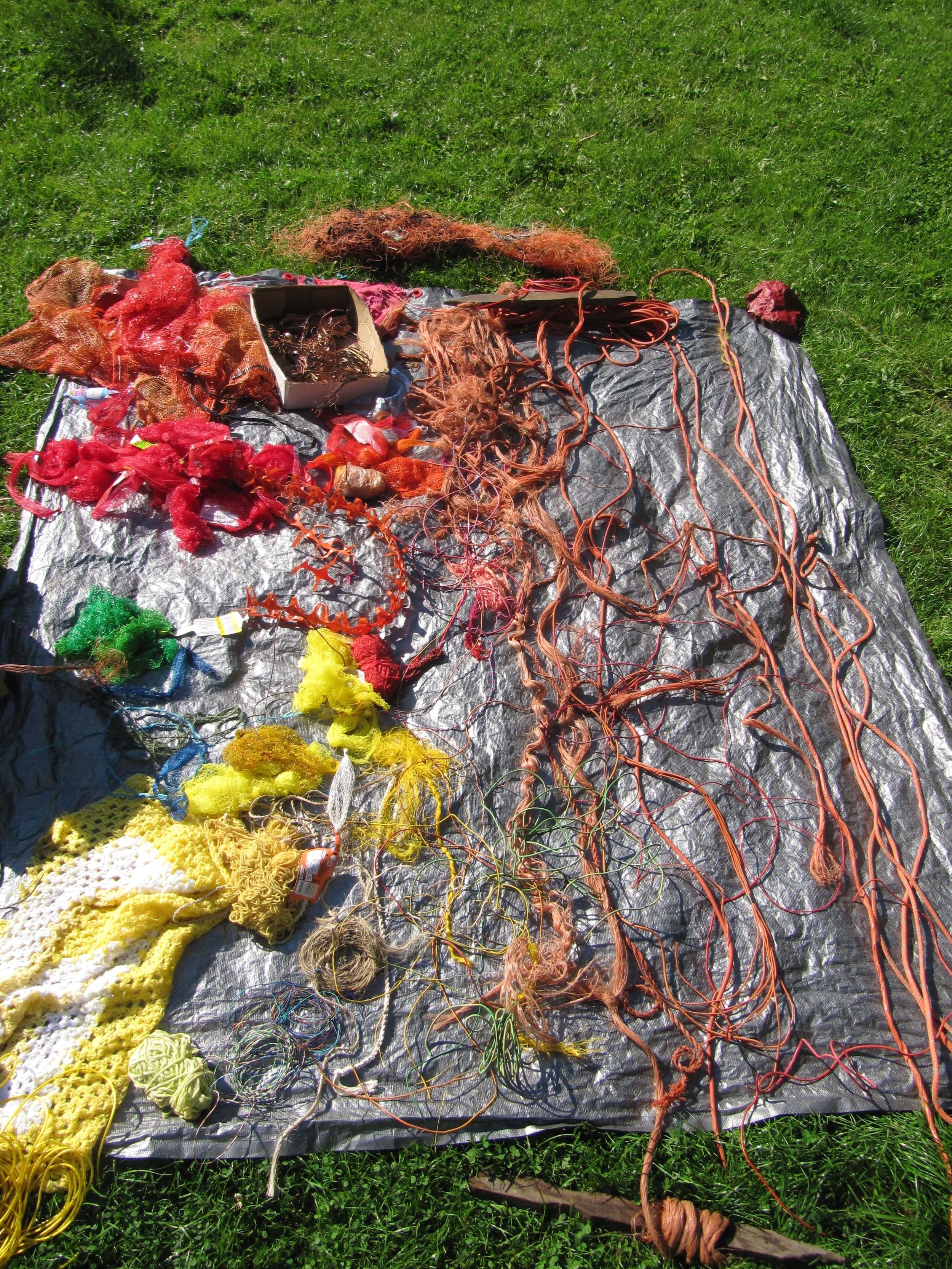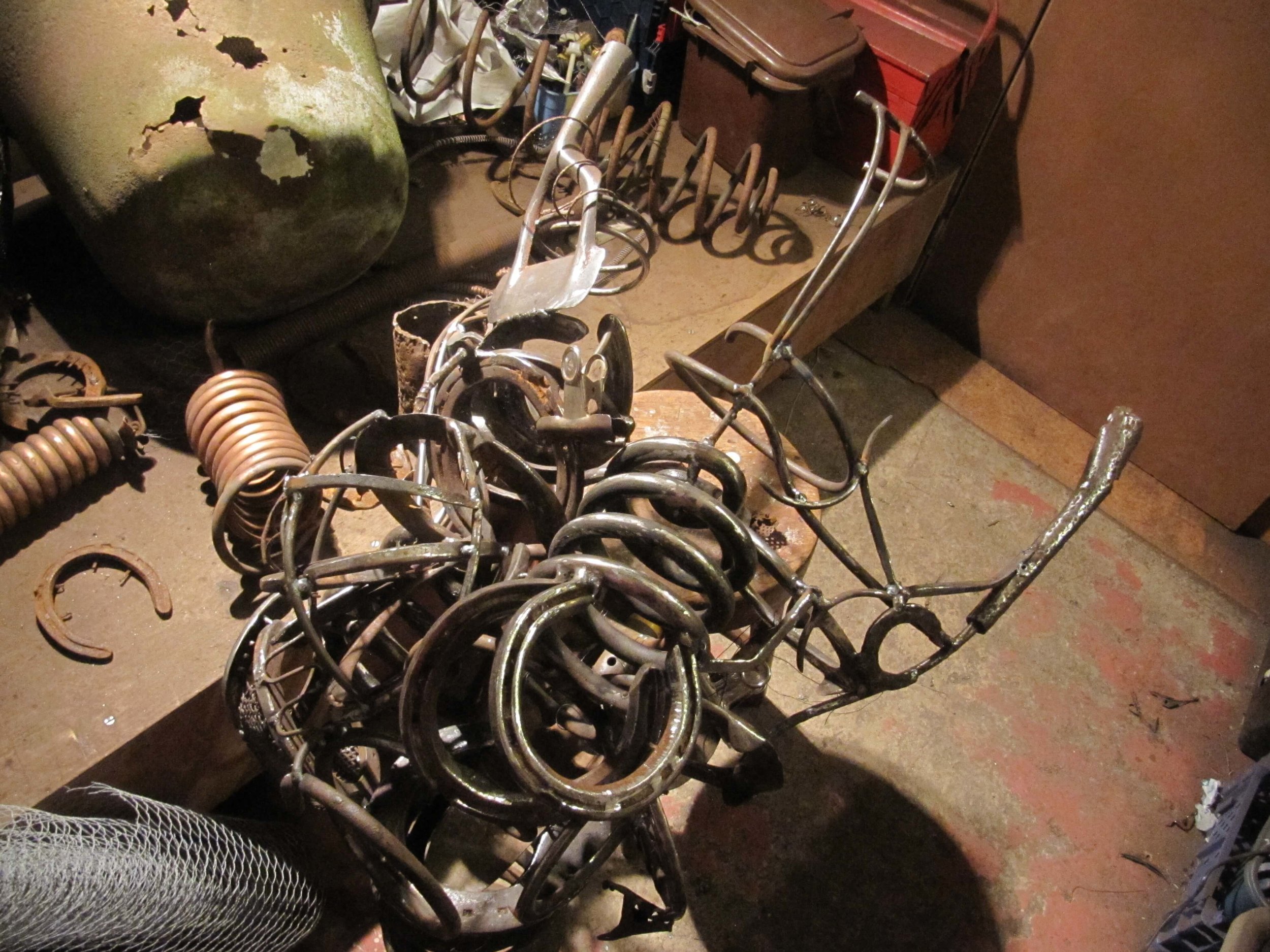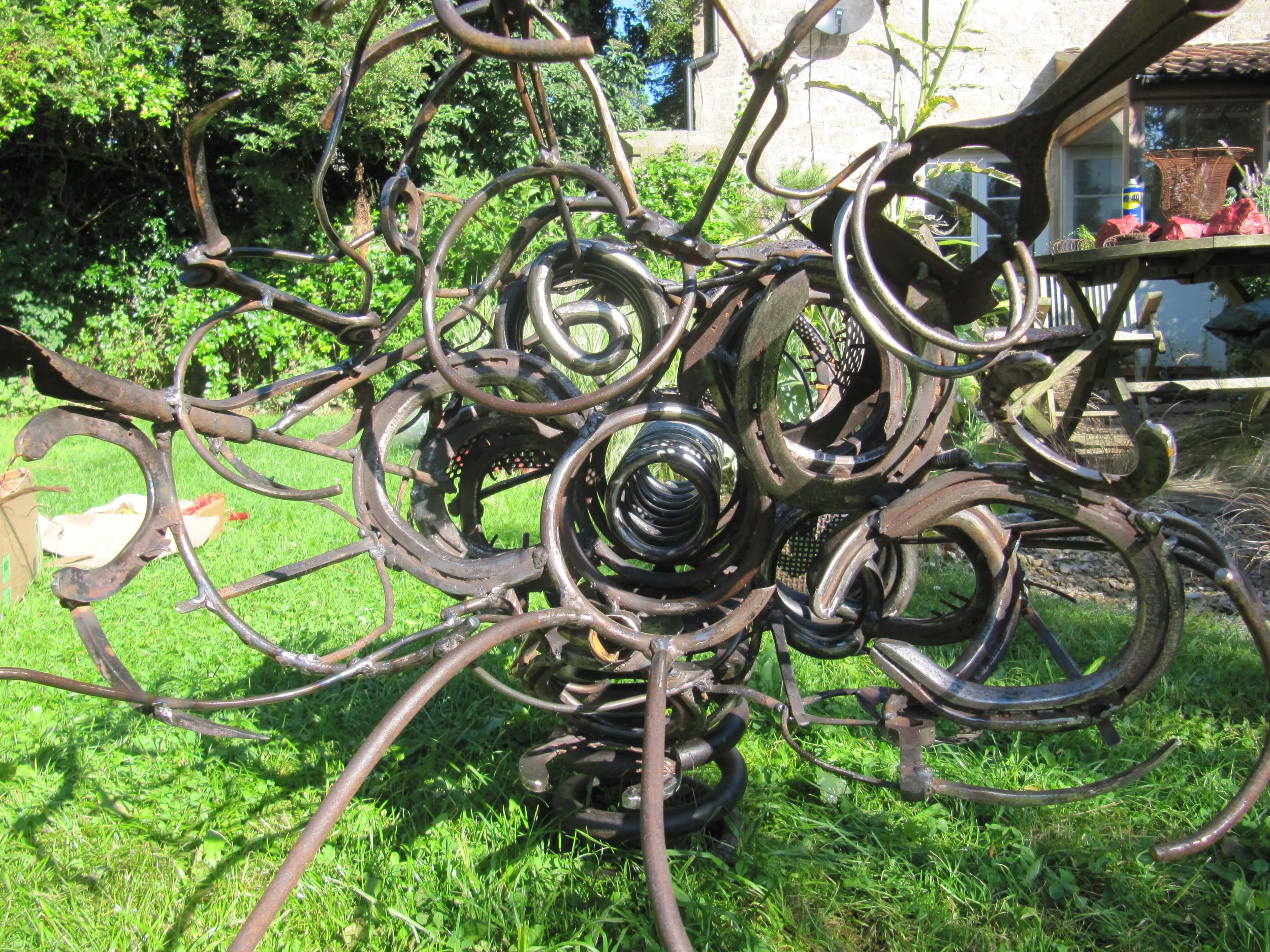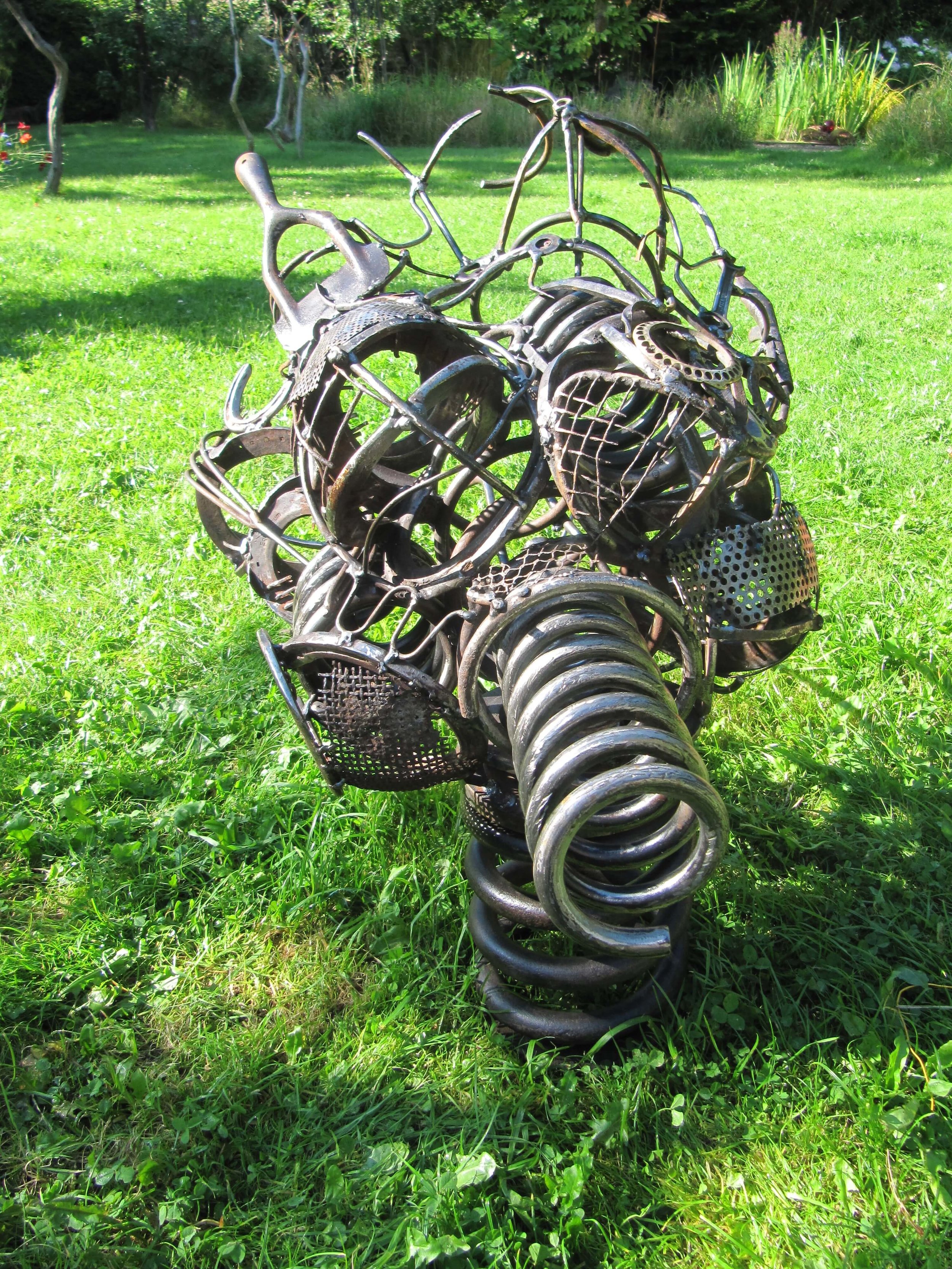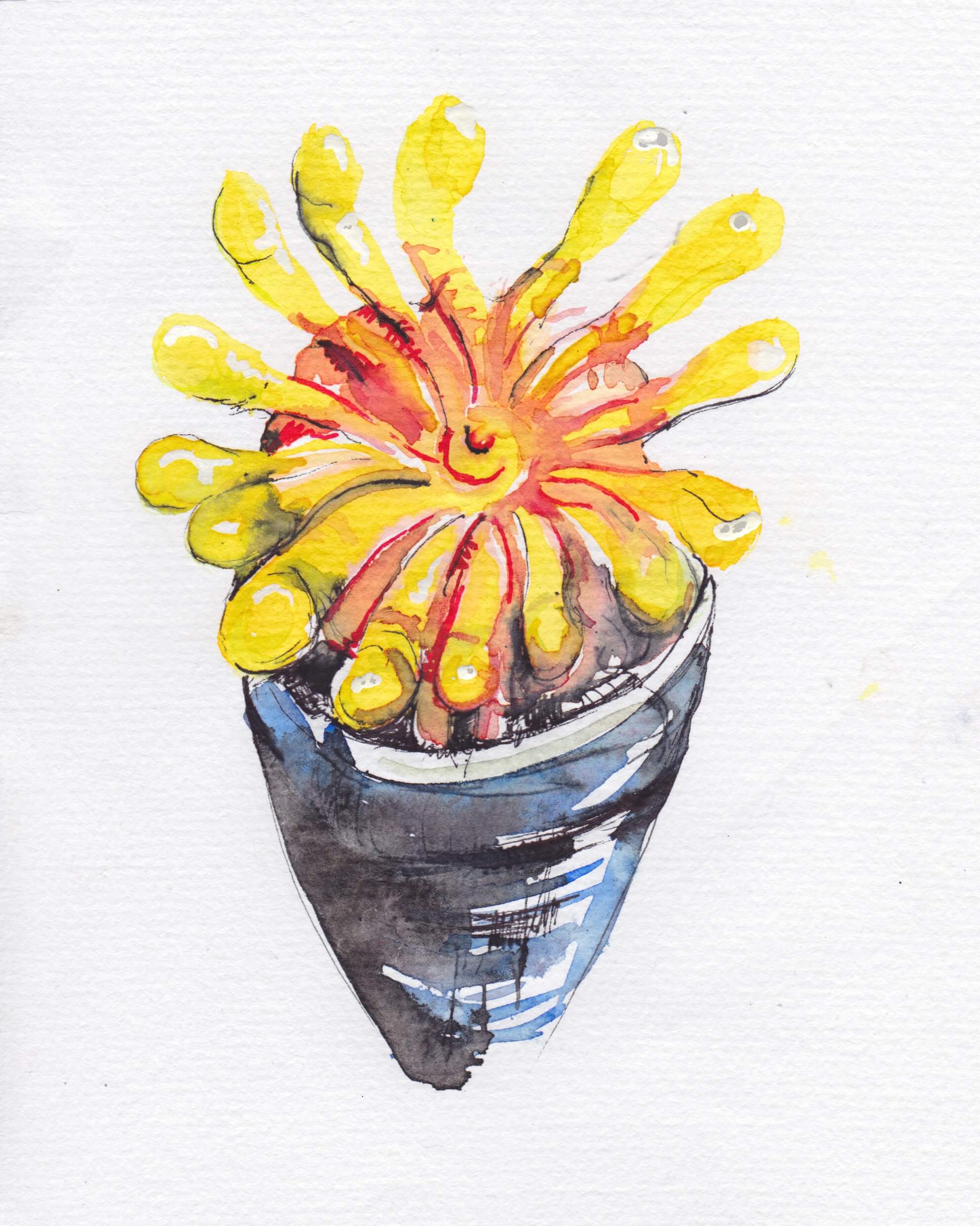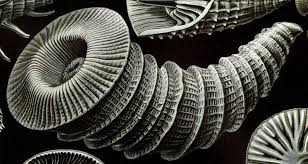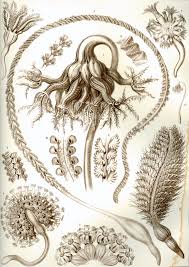It’s been an incredible few weeks, unleashing inner reserves of energy I didn’t know I had! Thank goodness for the unyielding patience and support of partner Nick Weaver, helping me to pull off the installation of Step 2 for 'step in stone' (a project I'm running), while finishing off artwork, getting signage done for 2 venues and co-ordinating it all. In between, I have been keeping things going at Somerset Earth Science Centre (our Step 1 venue), and maintaining my diatoms, which have been taken over by birdlife and getting mucky in the process! Halecombe and Westdown/Asham quarries are now open daily for all to visit – see Duncan Simey’s wonderful selection of pics from a very rainy Friday. Jack Offord filmed us for the project documentary – looking forward to seeing the results of that at our Preview evening, 2nd October at Black Swan Arts, Frome.
Below is a selection from our Step 2 installation days and a couple of photoshoots by Duncan Simey taken since.
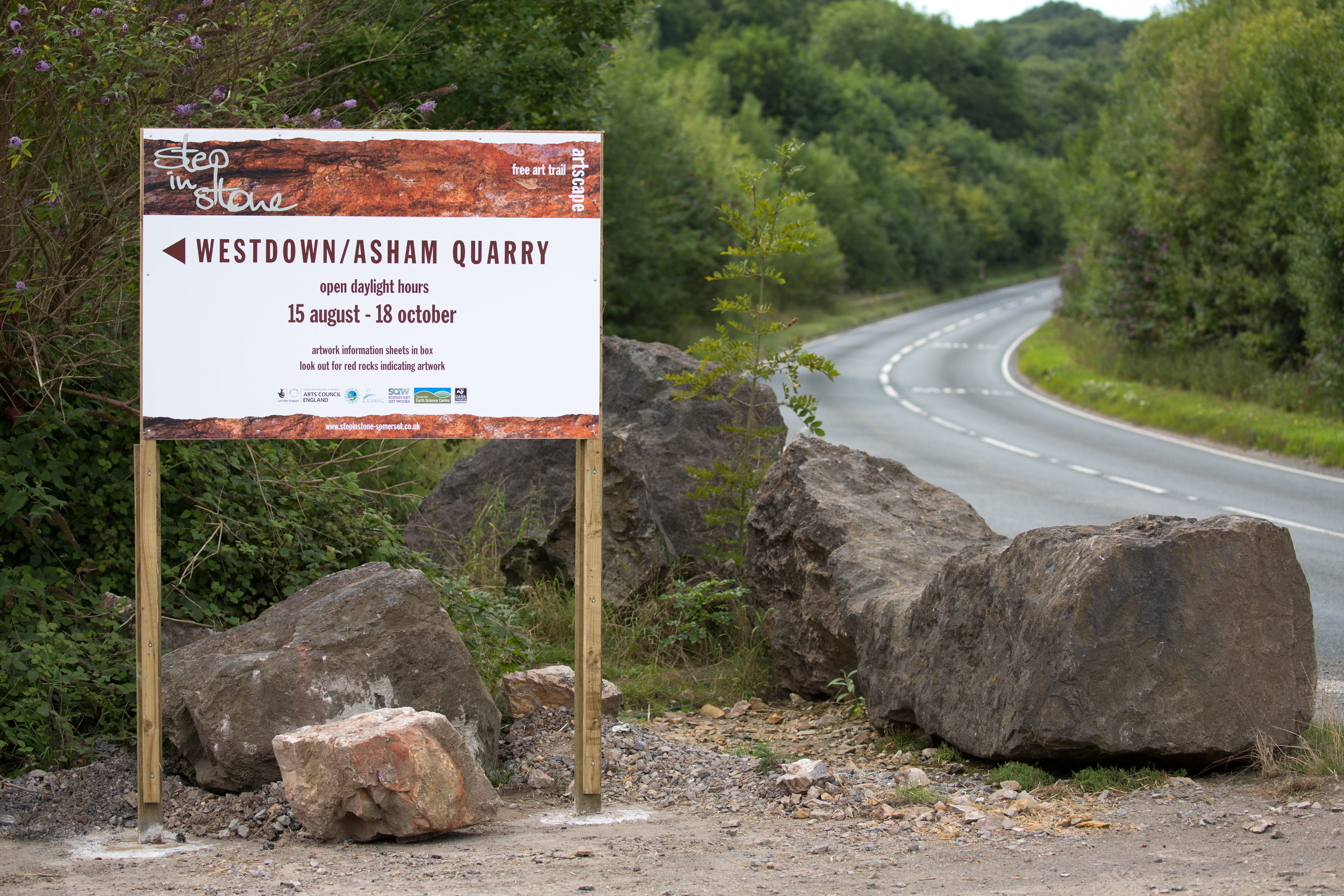

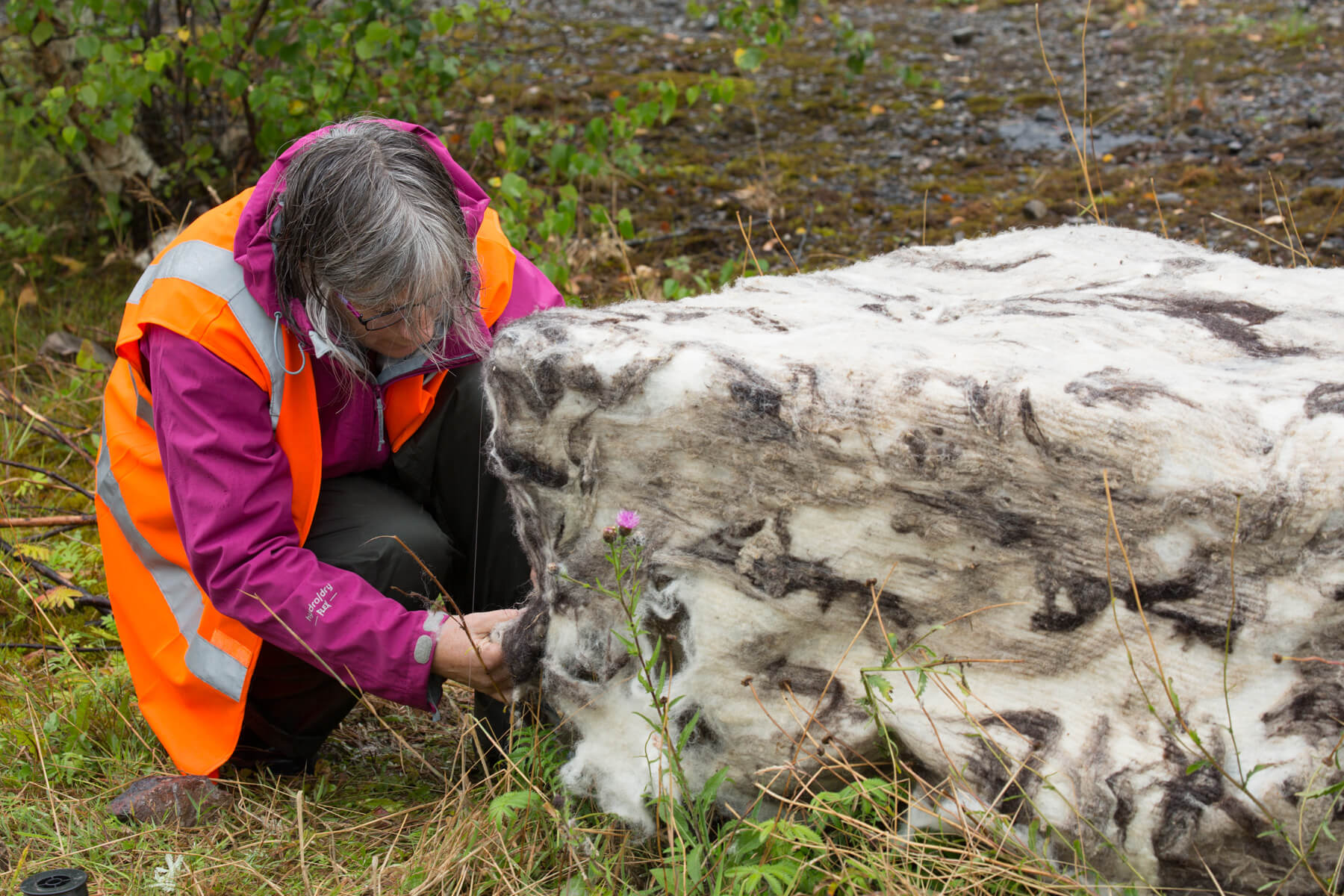
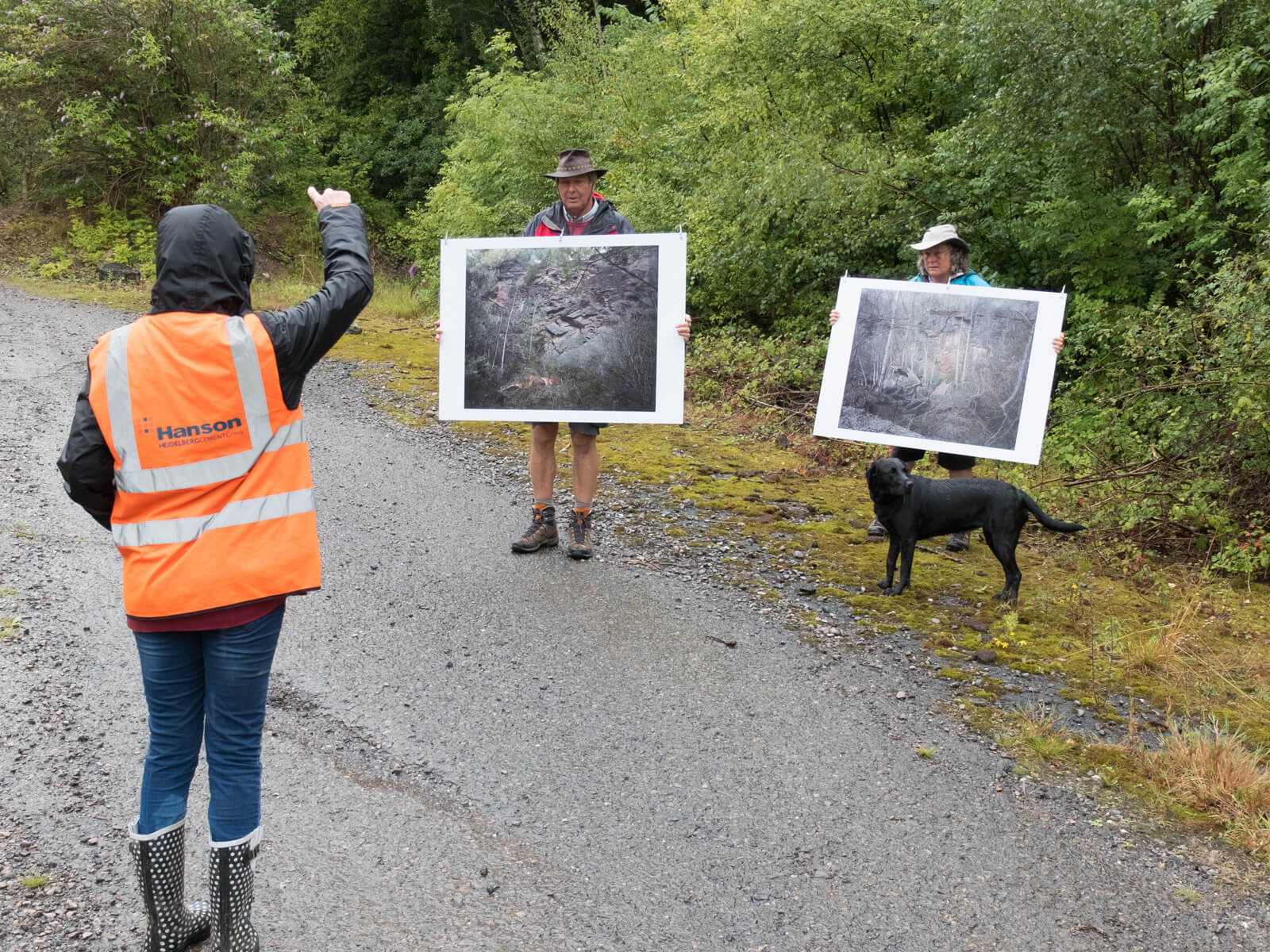
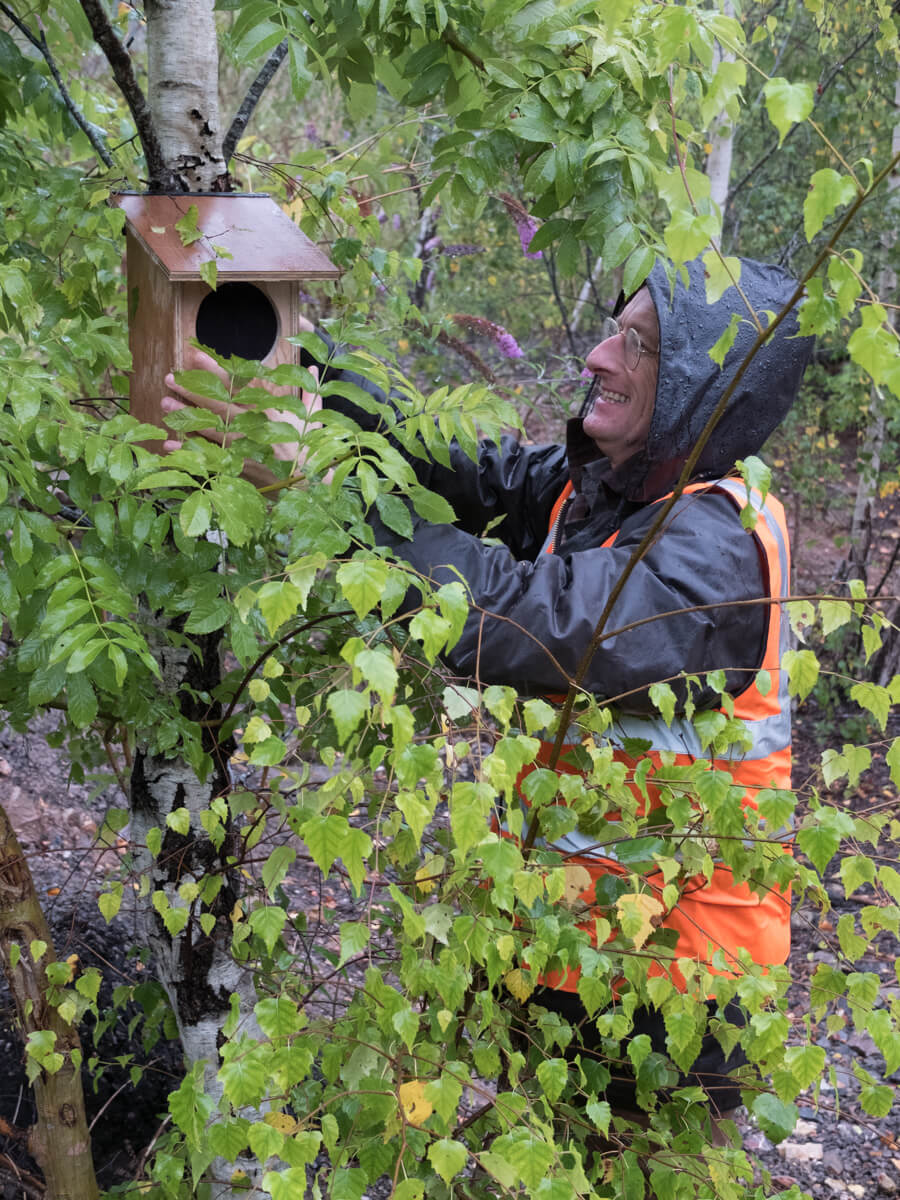

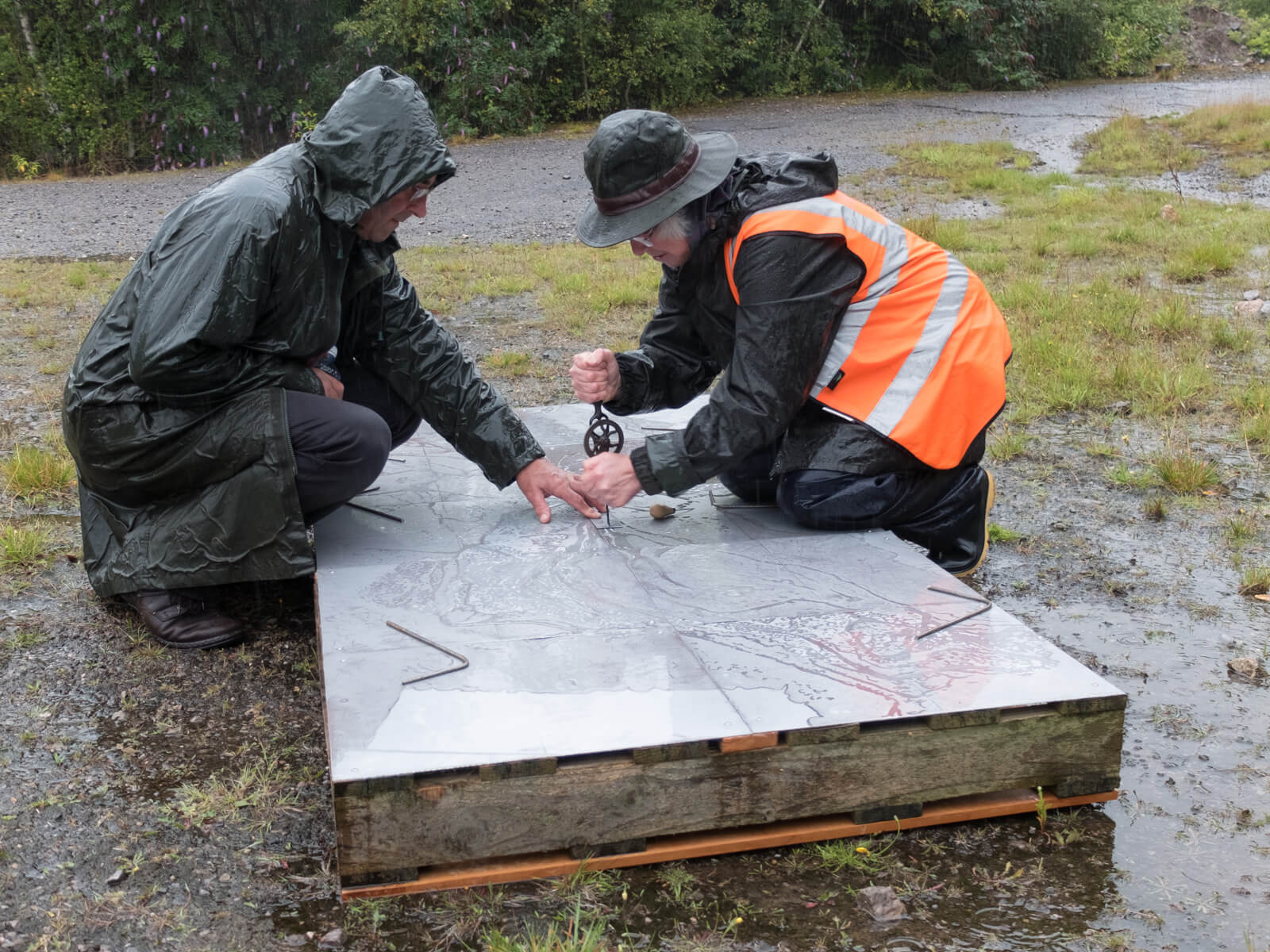
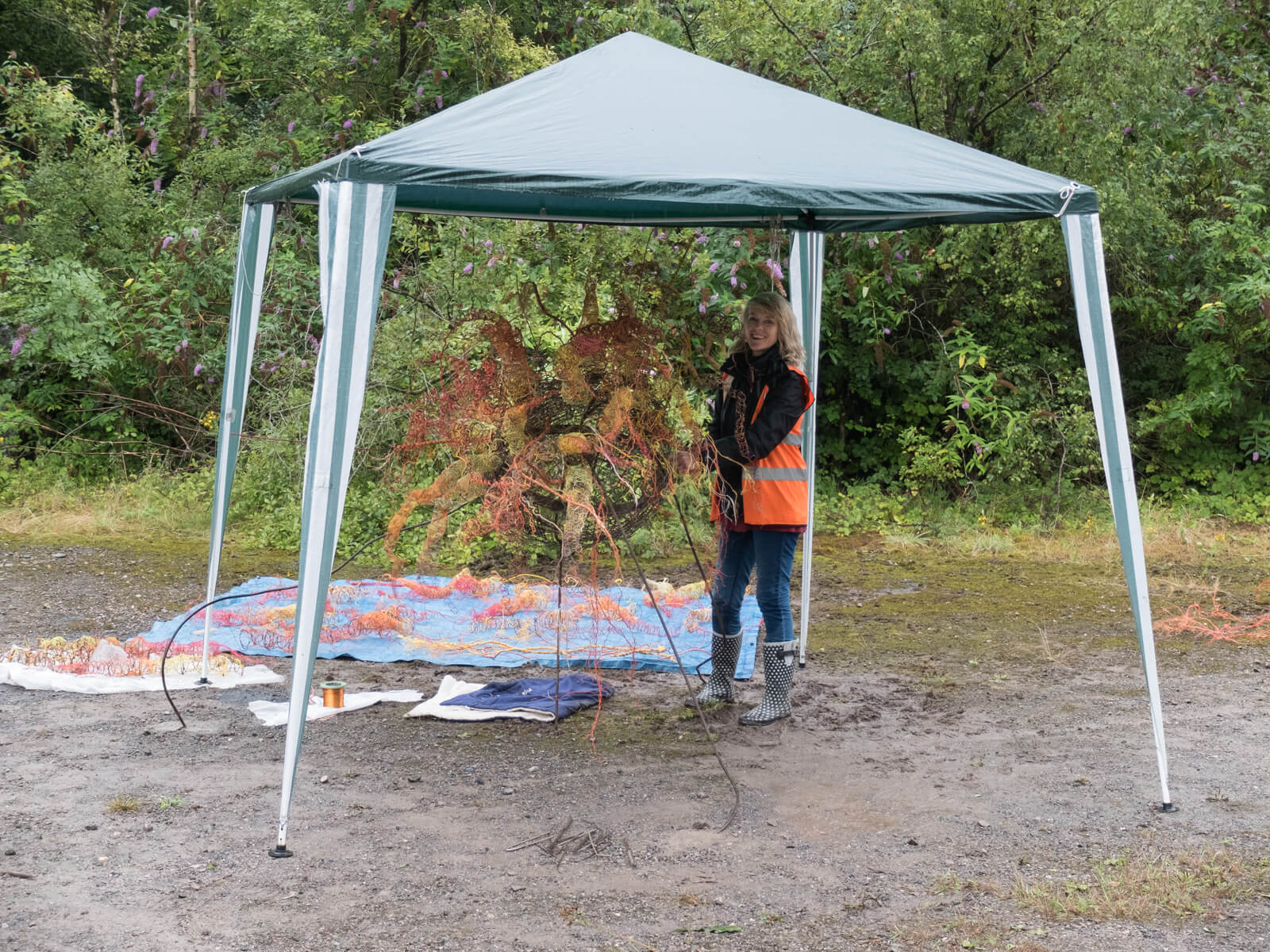
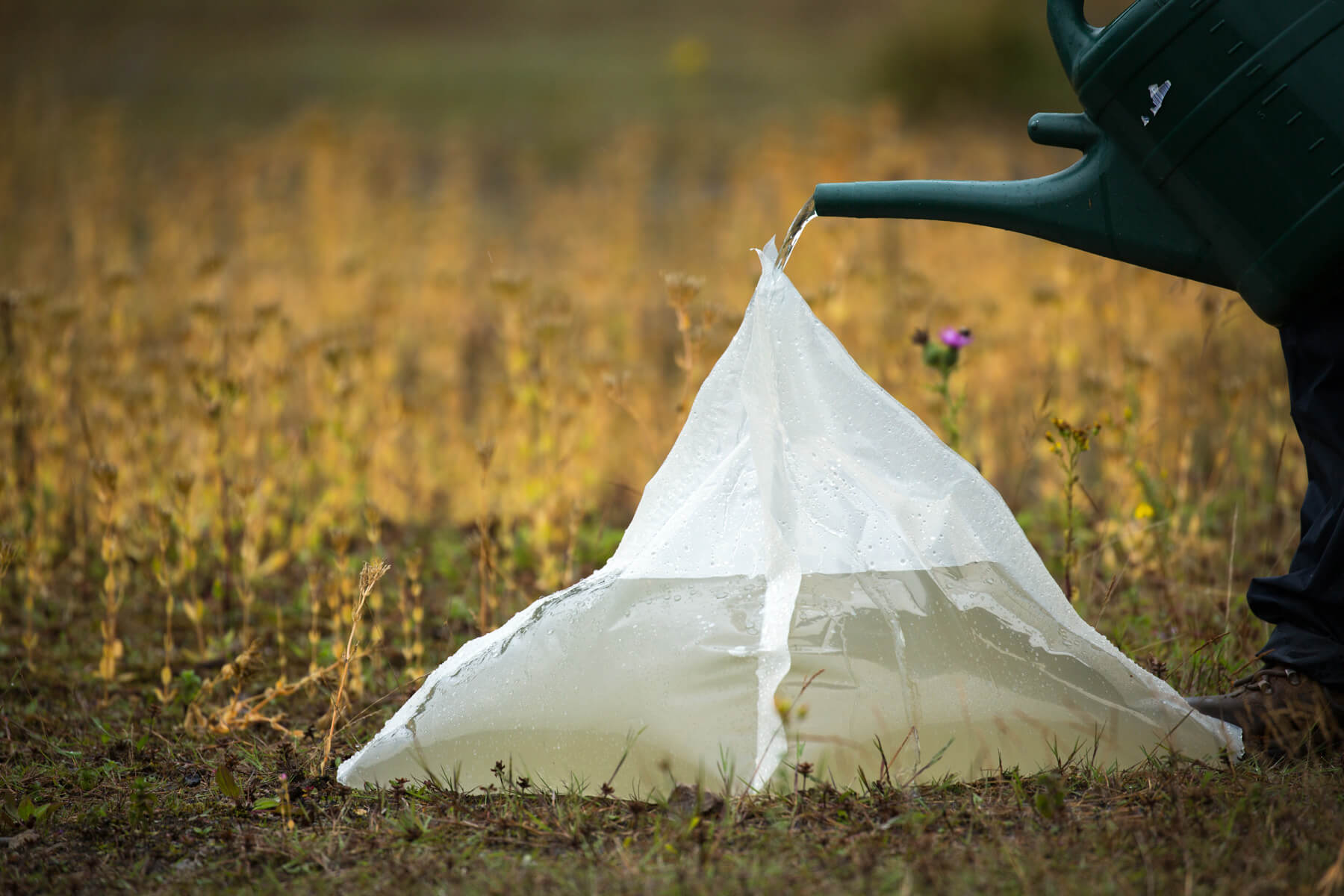


Finished work by some of the artists at both venues:
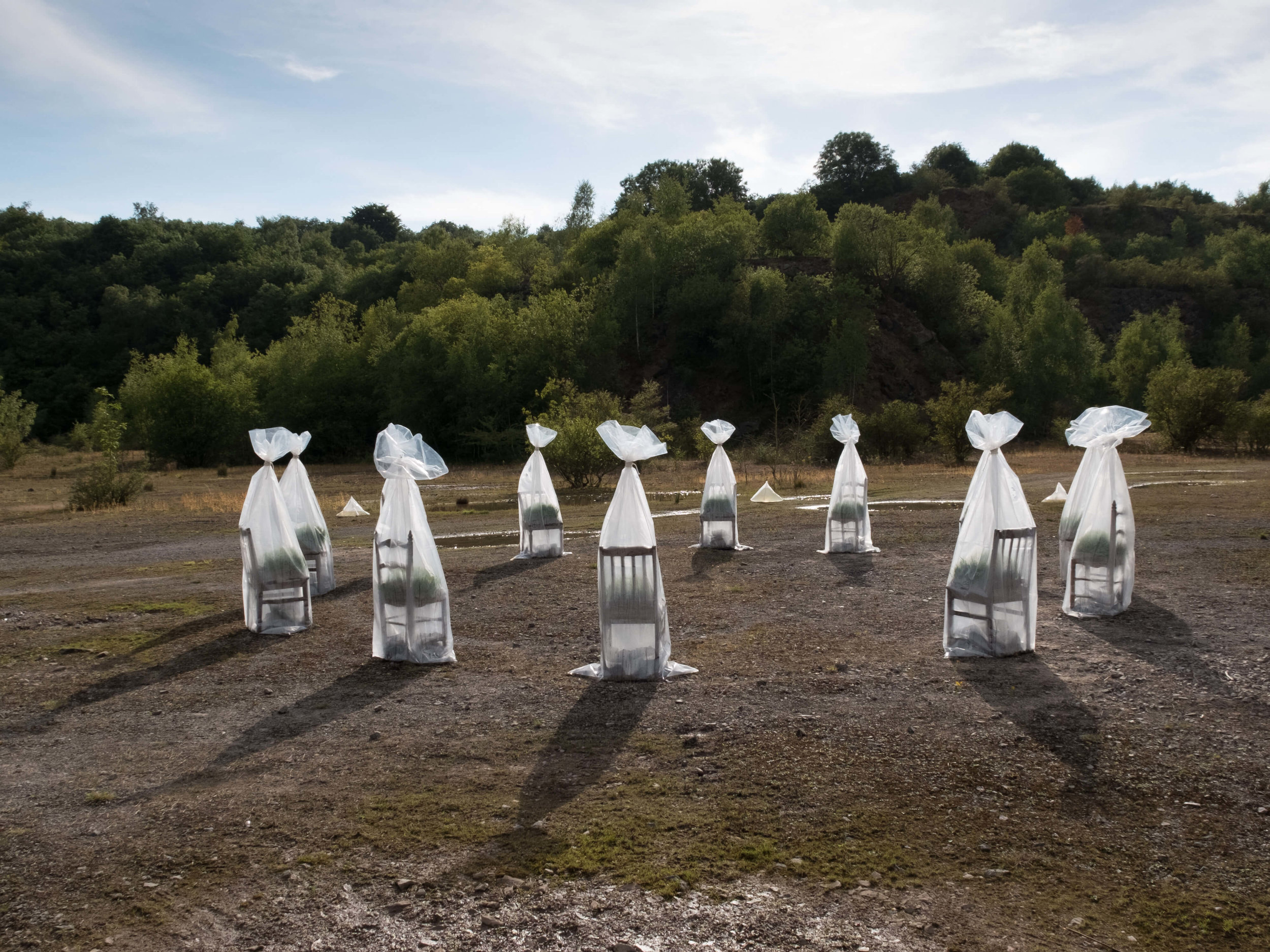
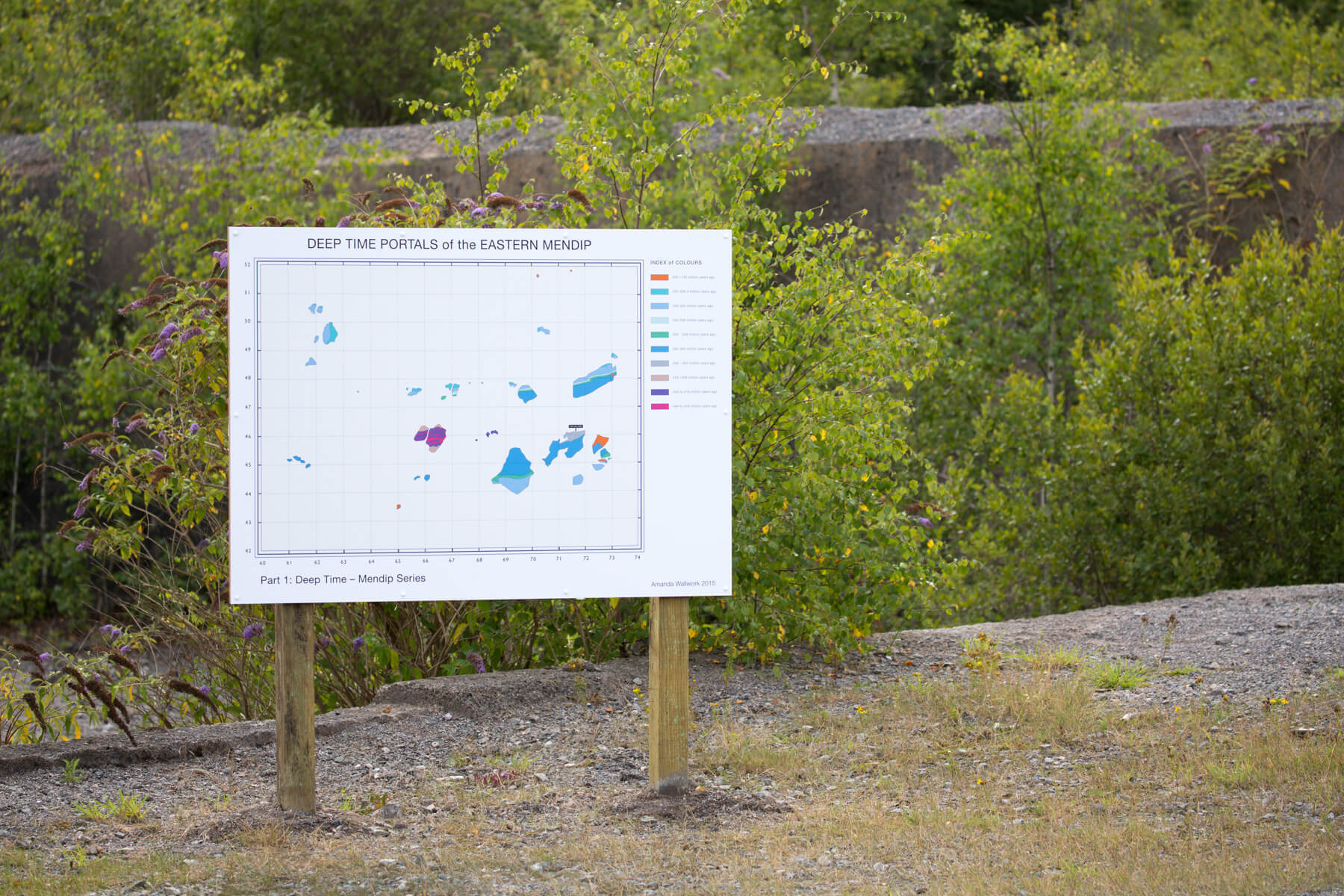
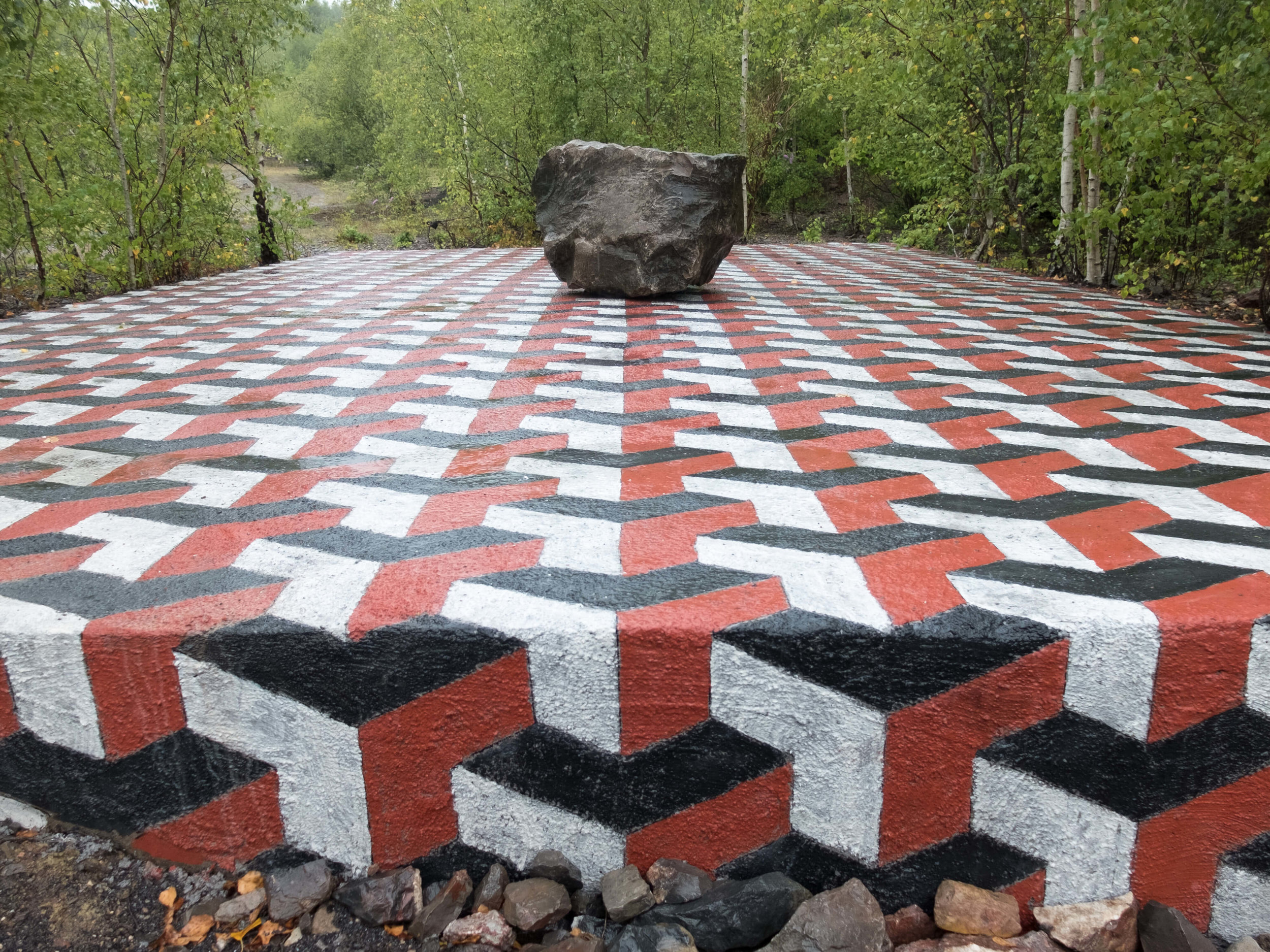
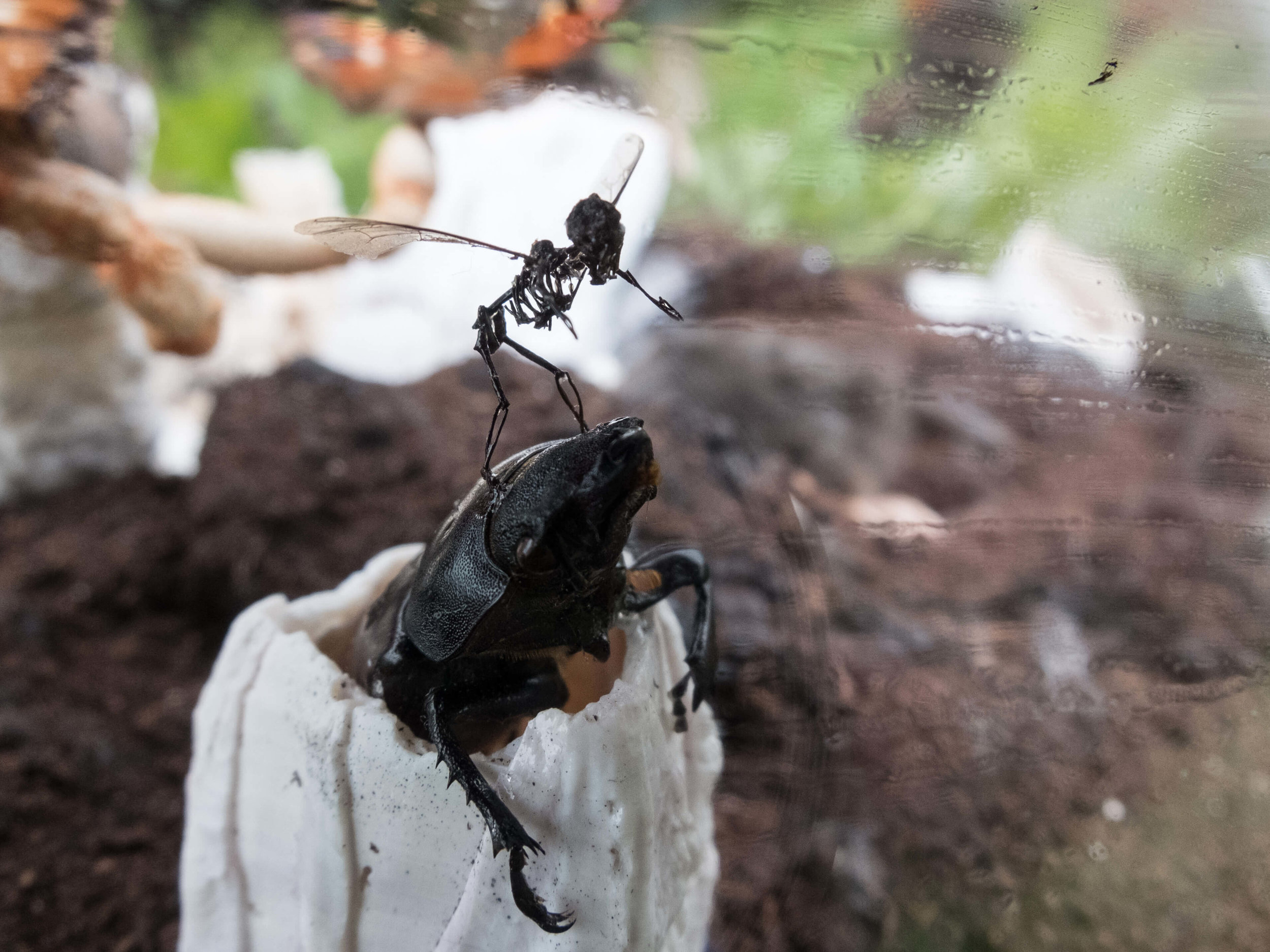
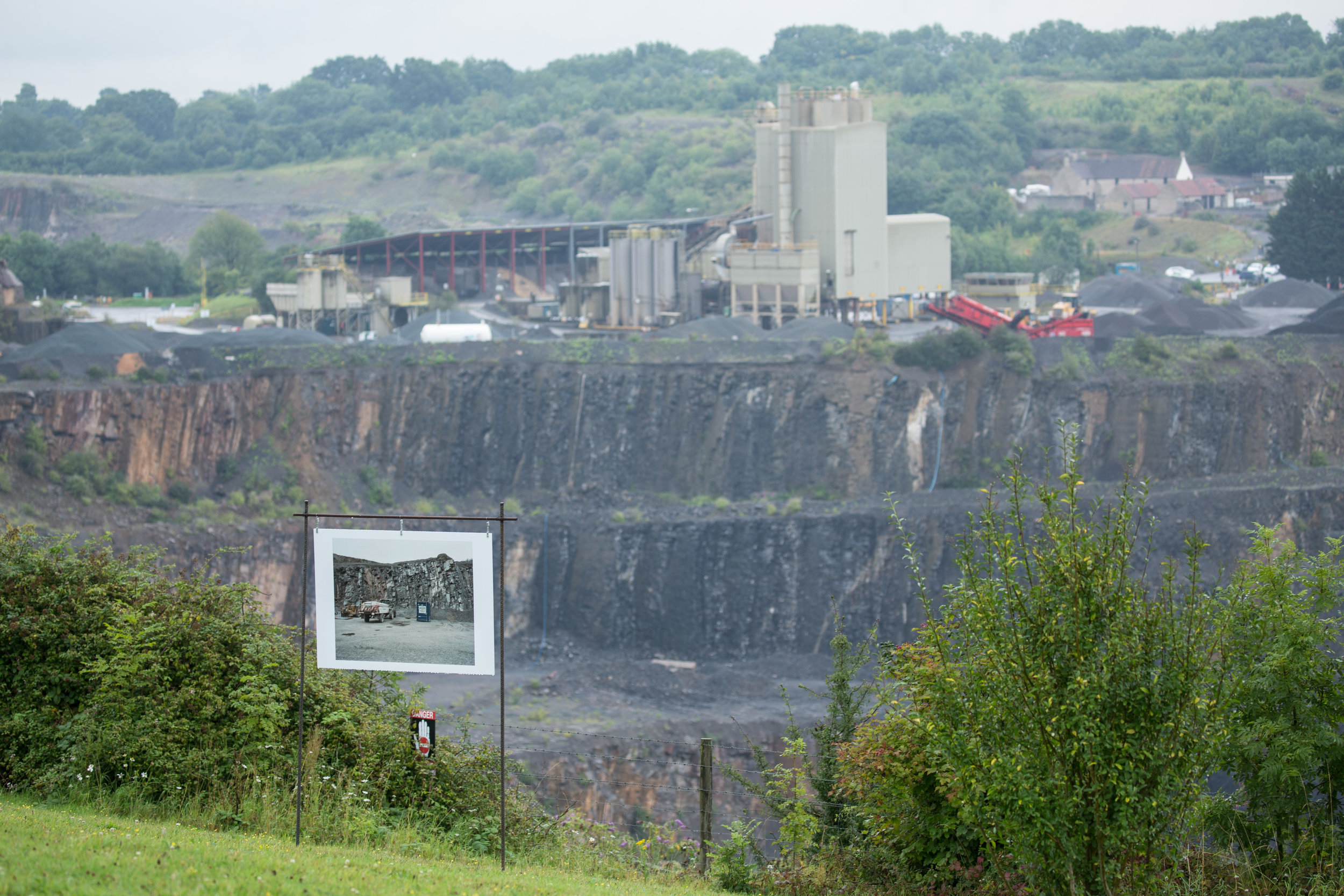
My work:
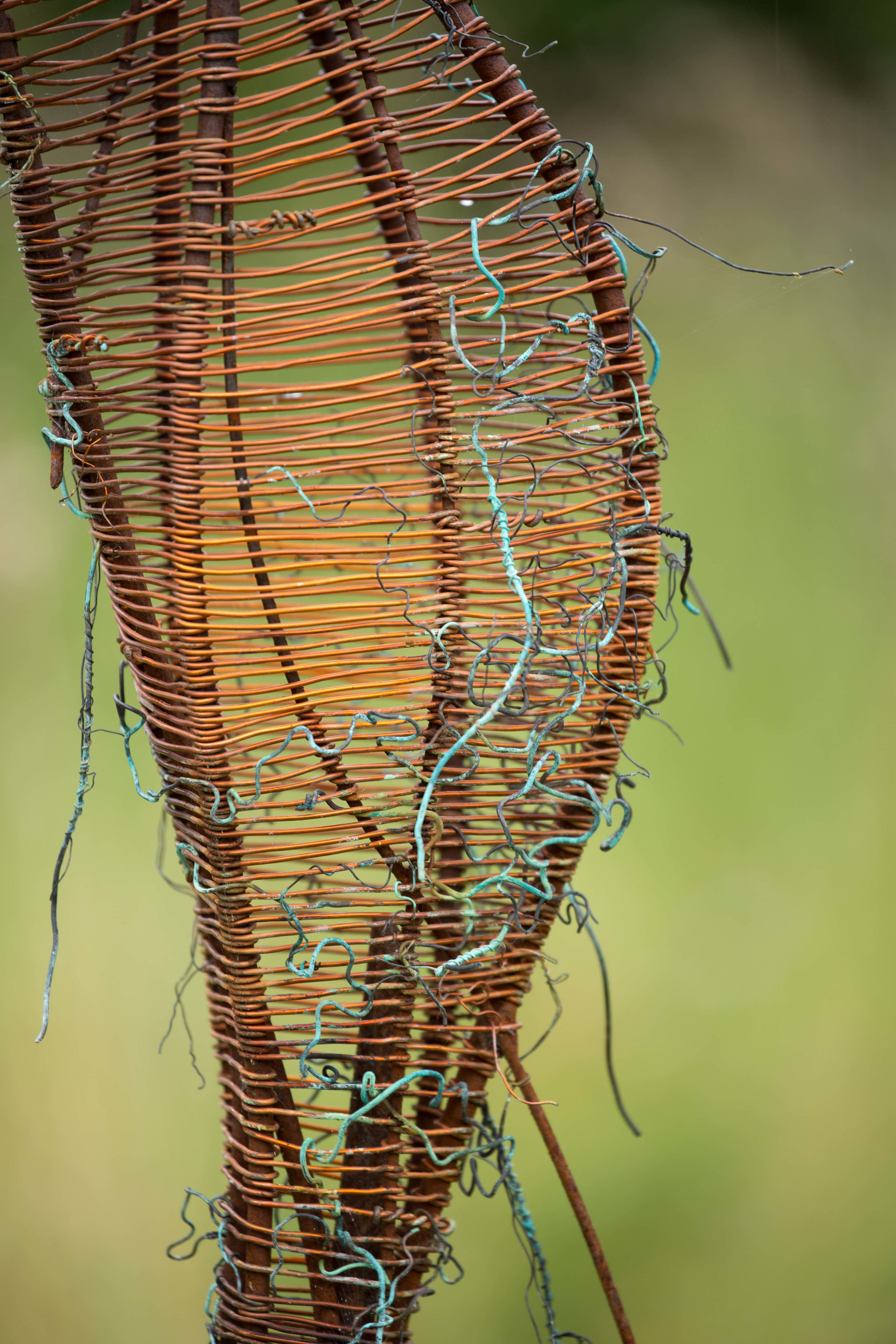
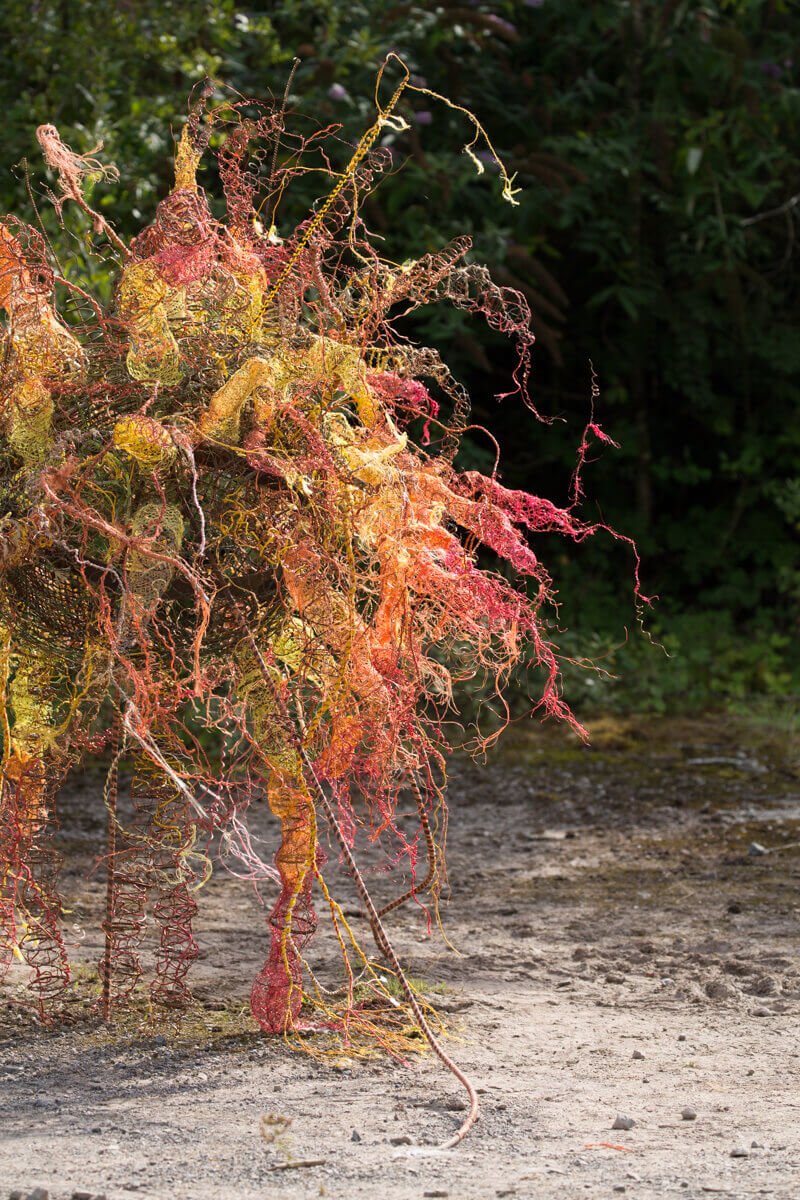

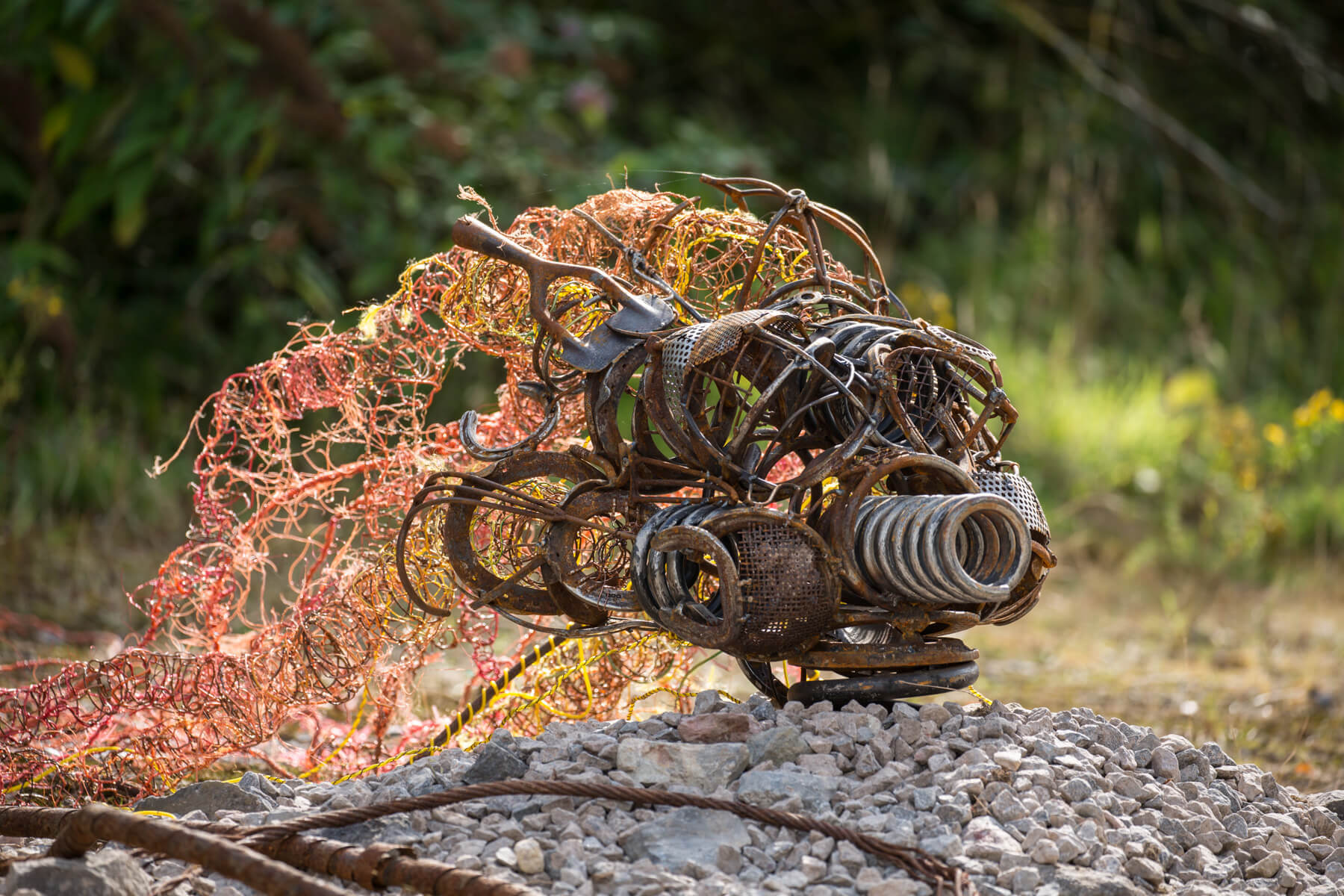
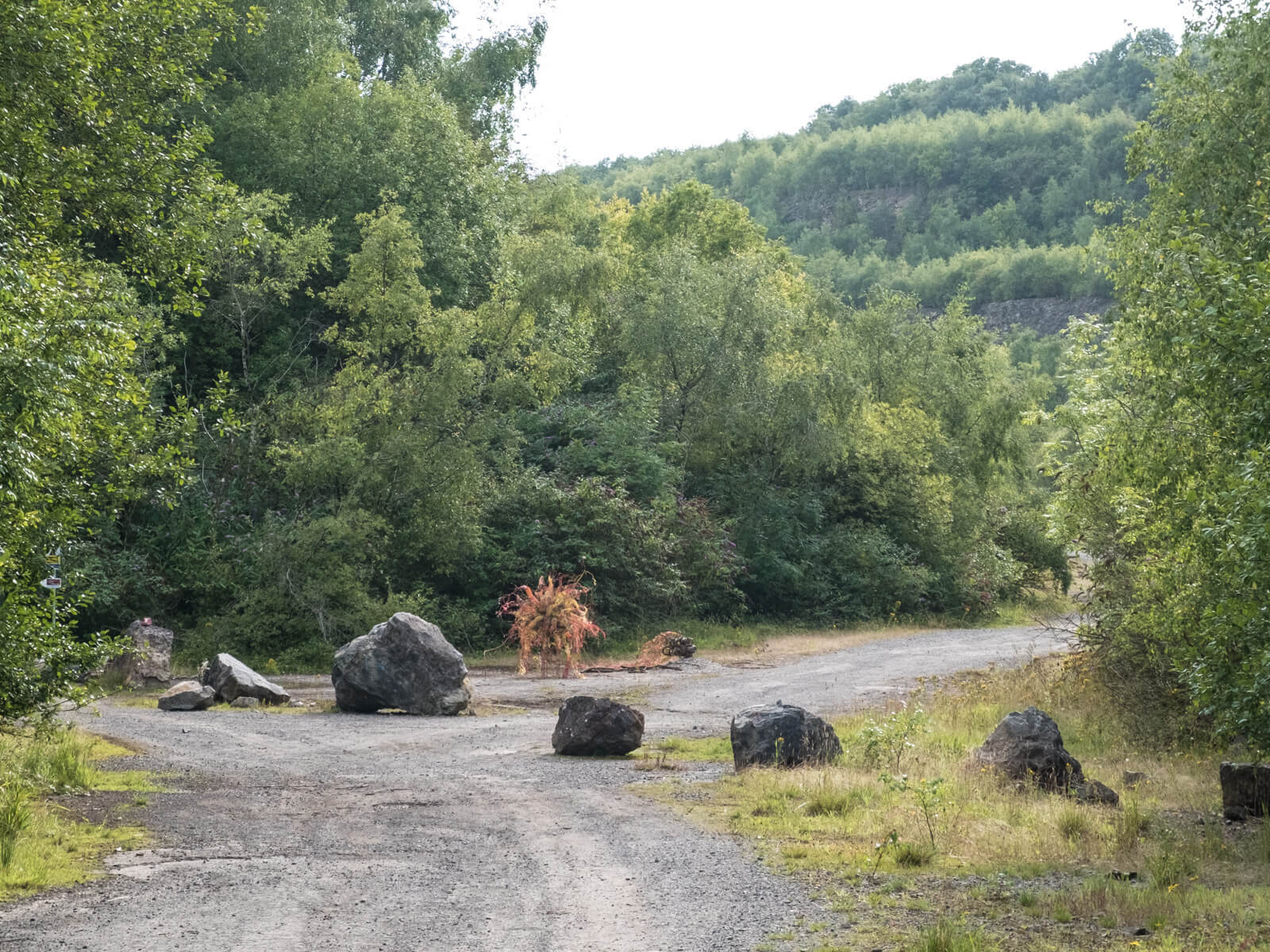
My main pieces - 'Cirri' (last images above) are based on crinoids (see the making process)! These are ancient sea creatures whose fossilised remains are common in carboniferous limestone and whose descendants can still be found living today. Crinoid tentacles (cirri) are reminiscent of branches, tendrils, feathers or the microscopic pattern of neurons. They cling to the seabed (some now vertical rock faces) by long spiny stems, others are without a stalk but have tentacle legs or long arms, which enable them to drag themselves along. I'm inspired by the tenacity and diversity of life and similarities of form that occur in different organisms.
Sadly a couple of heavy steel springs (components of my work) have gone missing and other parts tampered with at Westdown – if anybody spots these lurking in the bushes there, do contact me, they might be from my work!
The past fortnight was filled with our workshops, guided walks and talks, held at SESC, Westdown and Halecombe Quarries. The guided walks, in collaboration with Rosie and Pippa from Somerset Wildlife Trust, were really well attended and greatly enjoyed. Workshop participants of all ages explored a range of creative approaches related to the project, Sally Kidall’s talk was much appreciated and I was chuffed that my talk for 27 Active Living members received a wonderfully receptive and enthusiastic response.




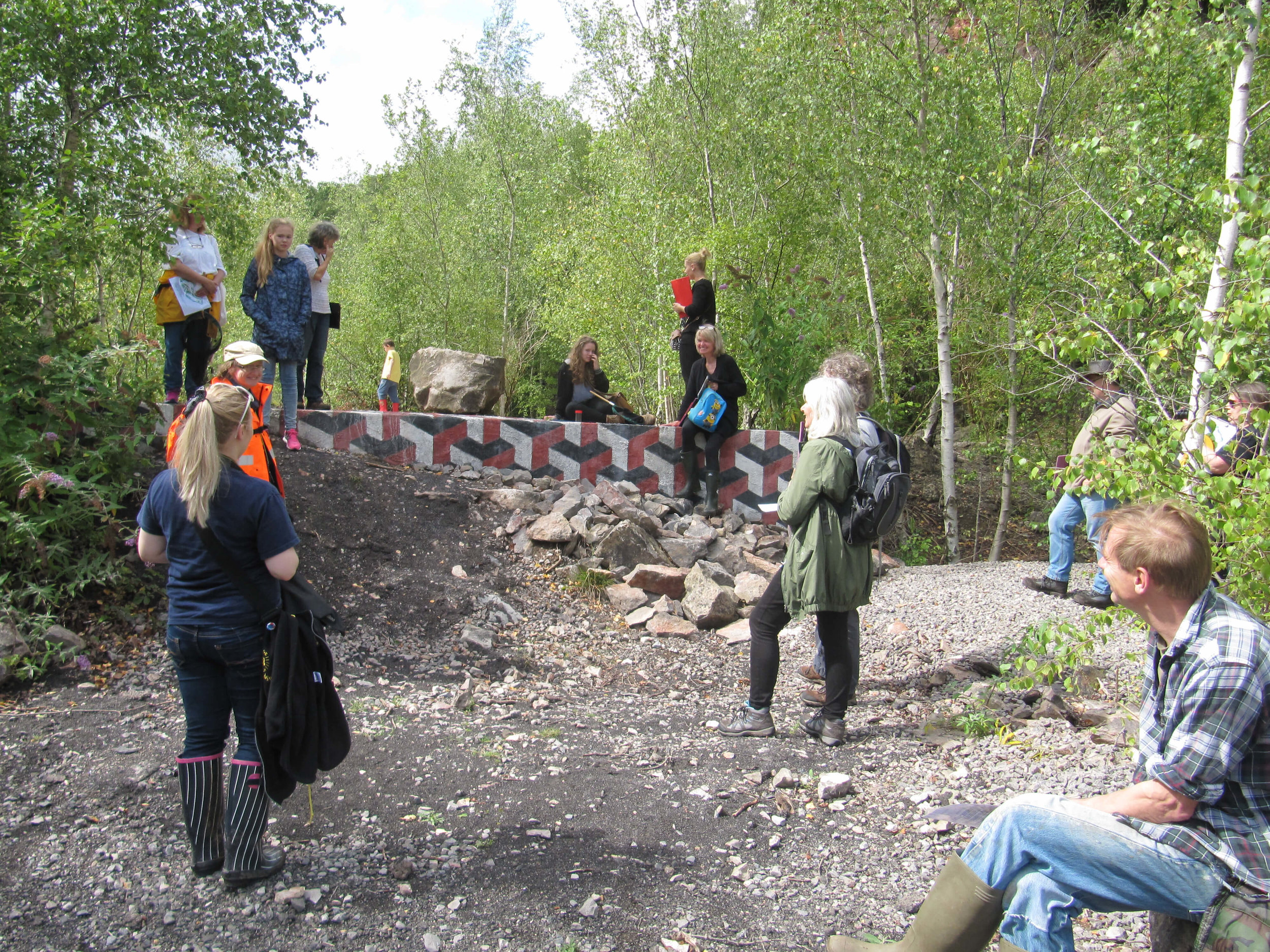
Last week culminated in a very inspirational performance at Westdown/Asham: Artmusic’s ‘ECHO’ sculpture and sound installation on Saturday 22nd August was animated by live performances of Artmusic’s ‘BLAST’ – a theatrical response to the rock and mechanics of quarrying, with specially composed trumpet music being played from locations which echoed around the quarry. We had a great turn out and the audience seemed to really enjoy the unique show and setting. “A delightful melange of live and recorded fluttering trumpets grab our attention this way and that while butterflies flit among the stones…. As they move slowly up the valley from stone to stone, always edging closer to melody, we begin to follow, or not, or meander above and below. ..” Caroline Radcliffe
People brought picnics, dogs, cameras, sketchbooks and the sun was scorching all day!
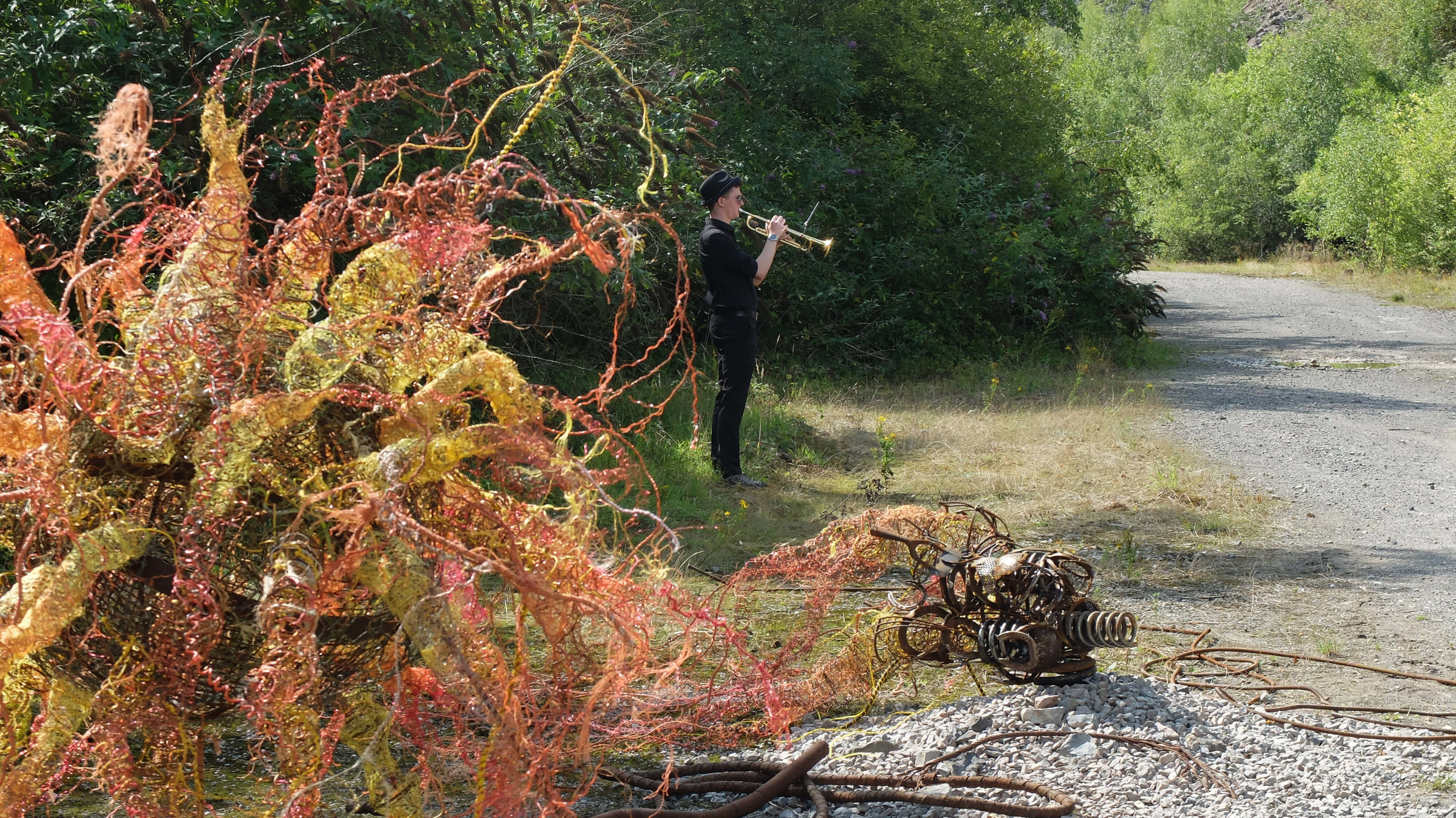
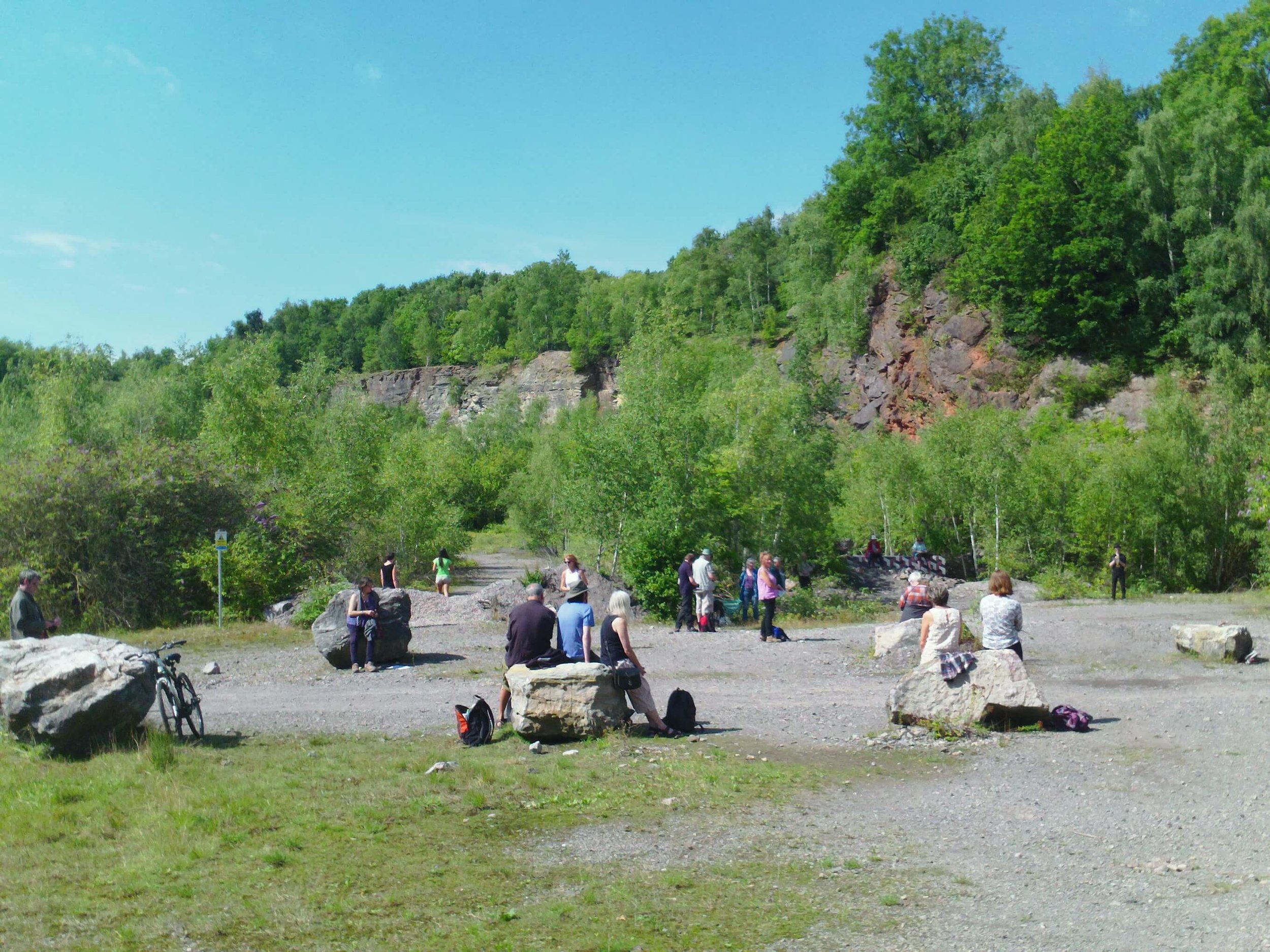
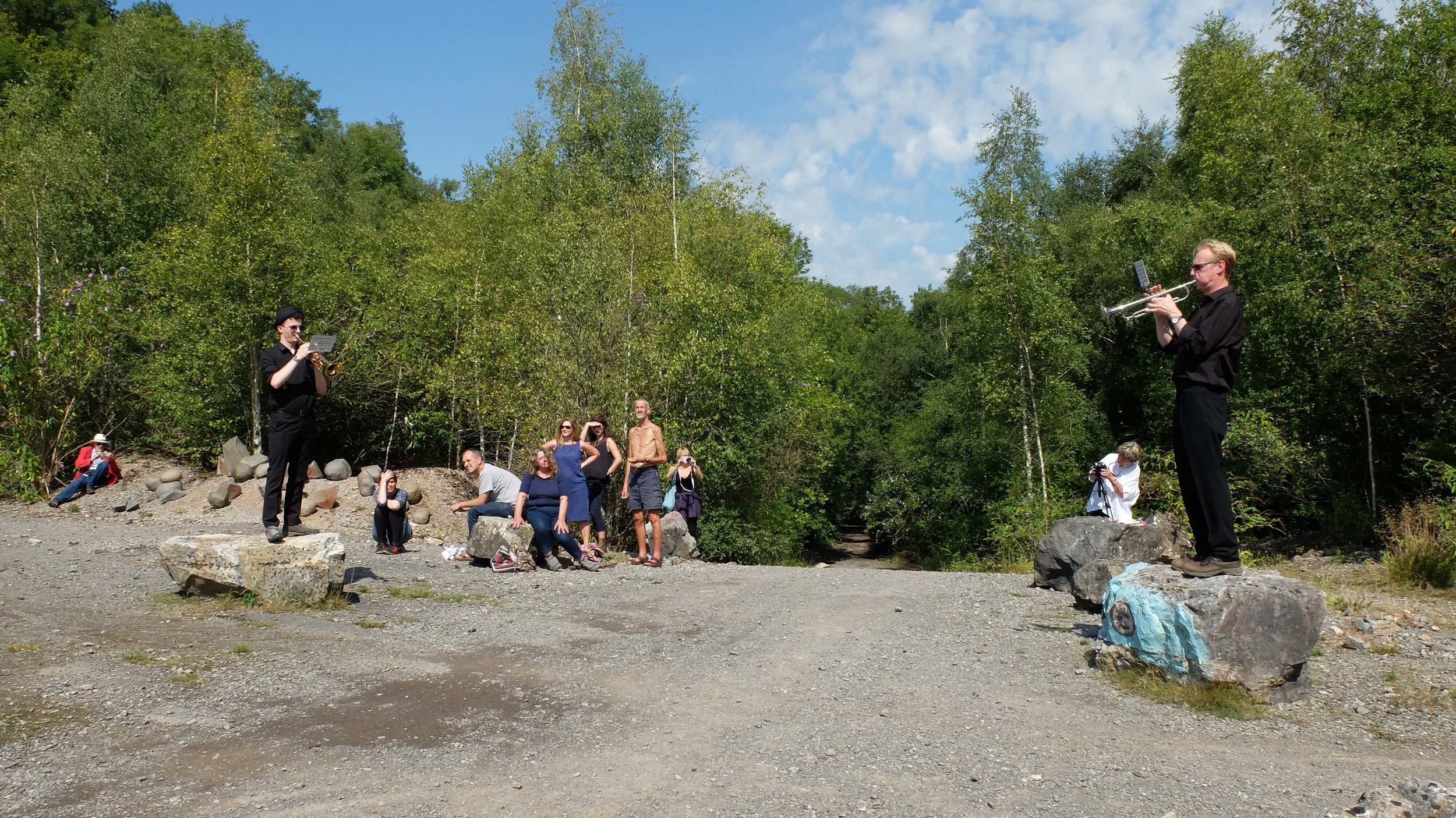
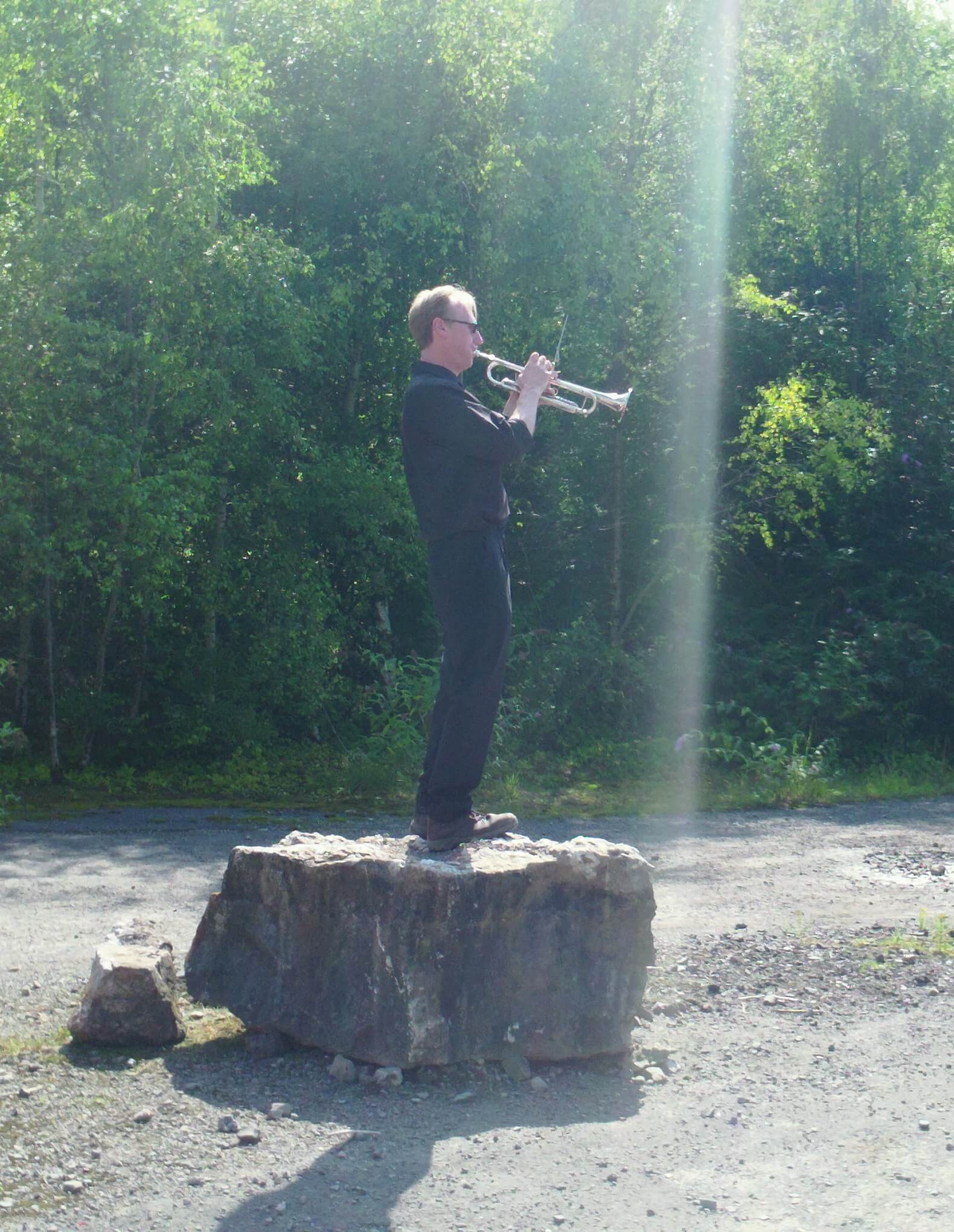
Can’t wait to download Ralph Hoyte’s GPS Soundwalk ‘ANTICLINE‘ – now available for your smartphone before visiting Westdown.

I'm now working on the next stage for Step 3, which opens on 3rd October at Black Swan Arts, Fairy Cave Quarry and Frome Museum. Hope you can visit step in stone soon (www.stepinstone-somerset.co.uk)!
